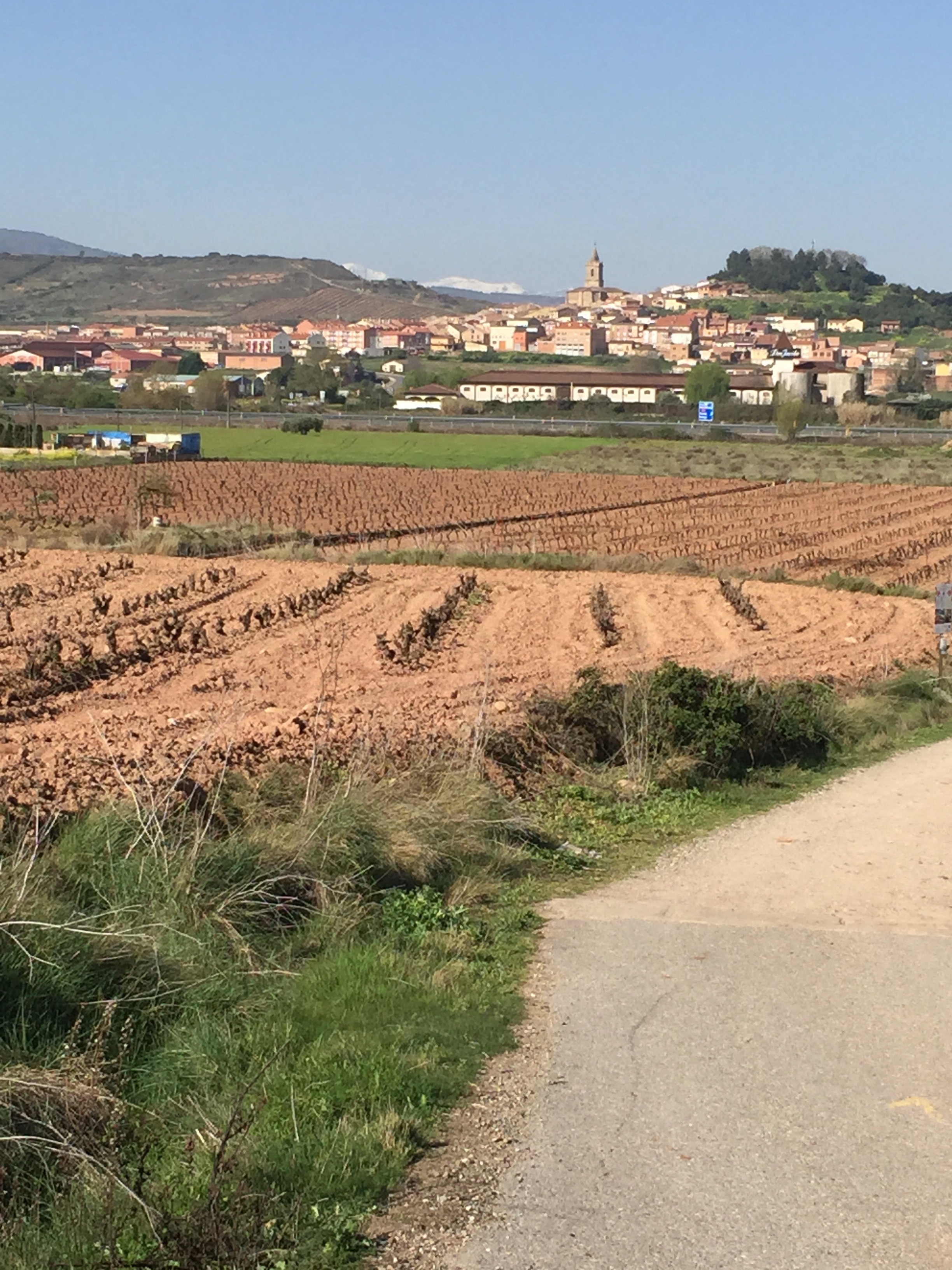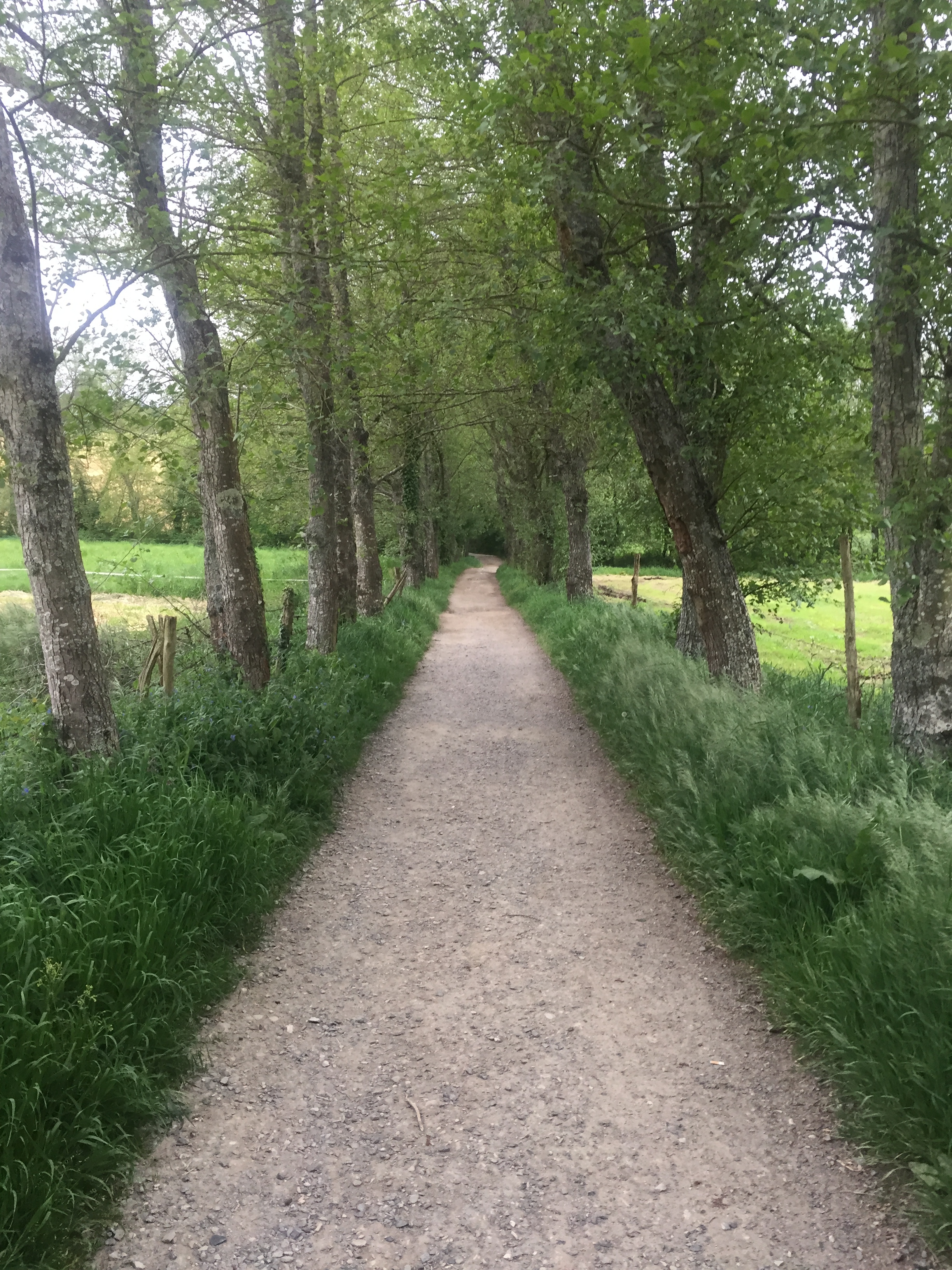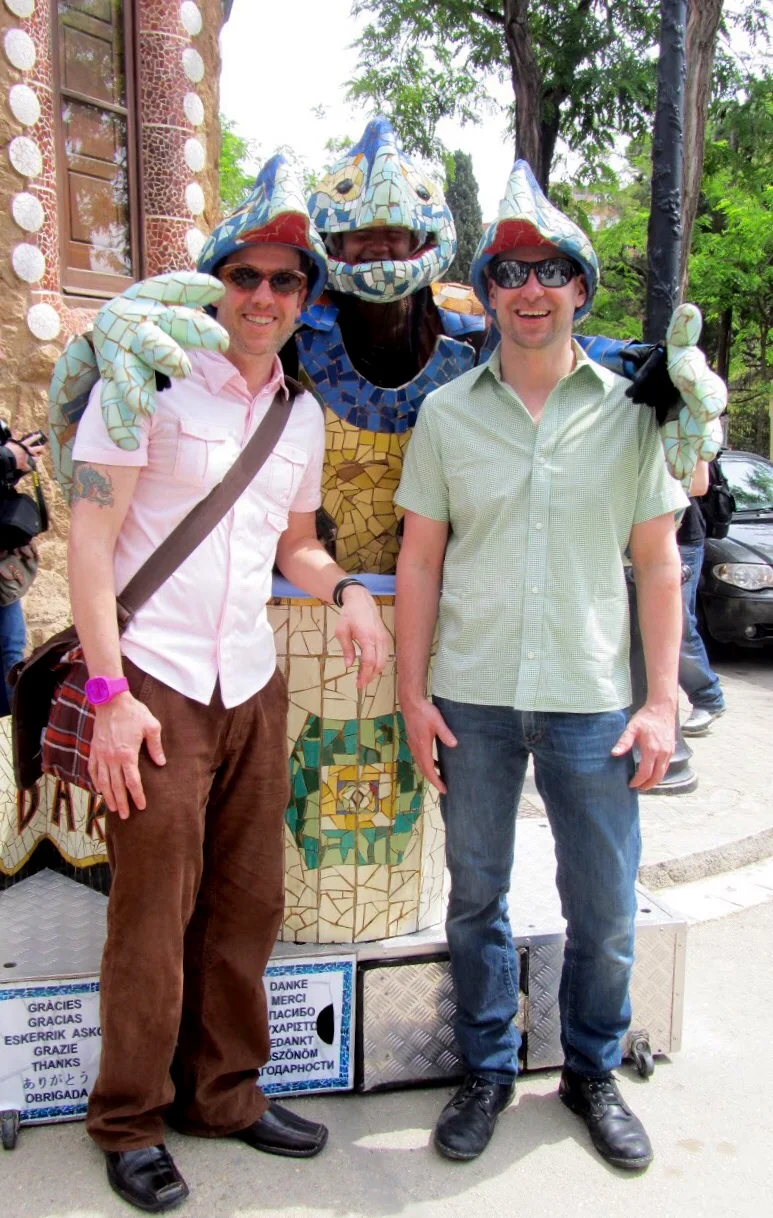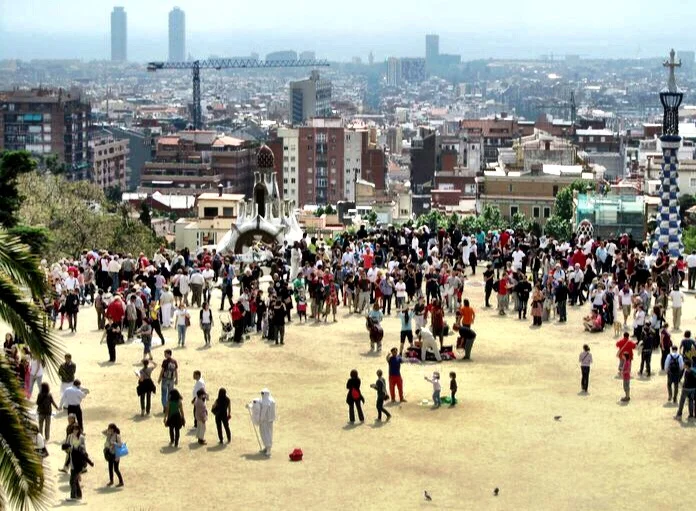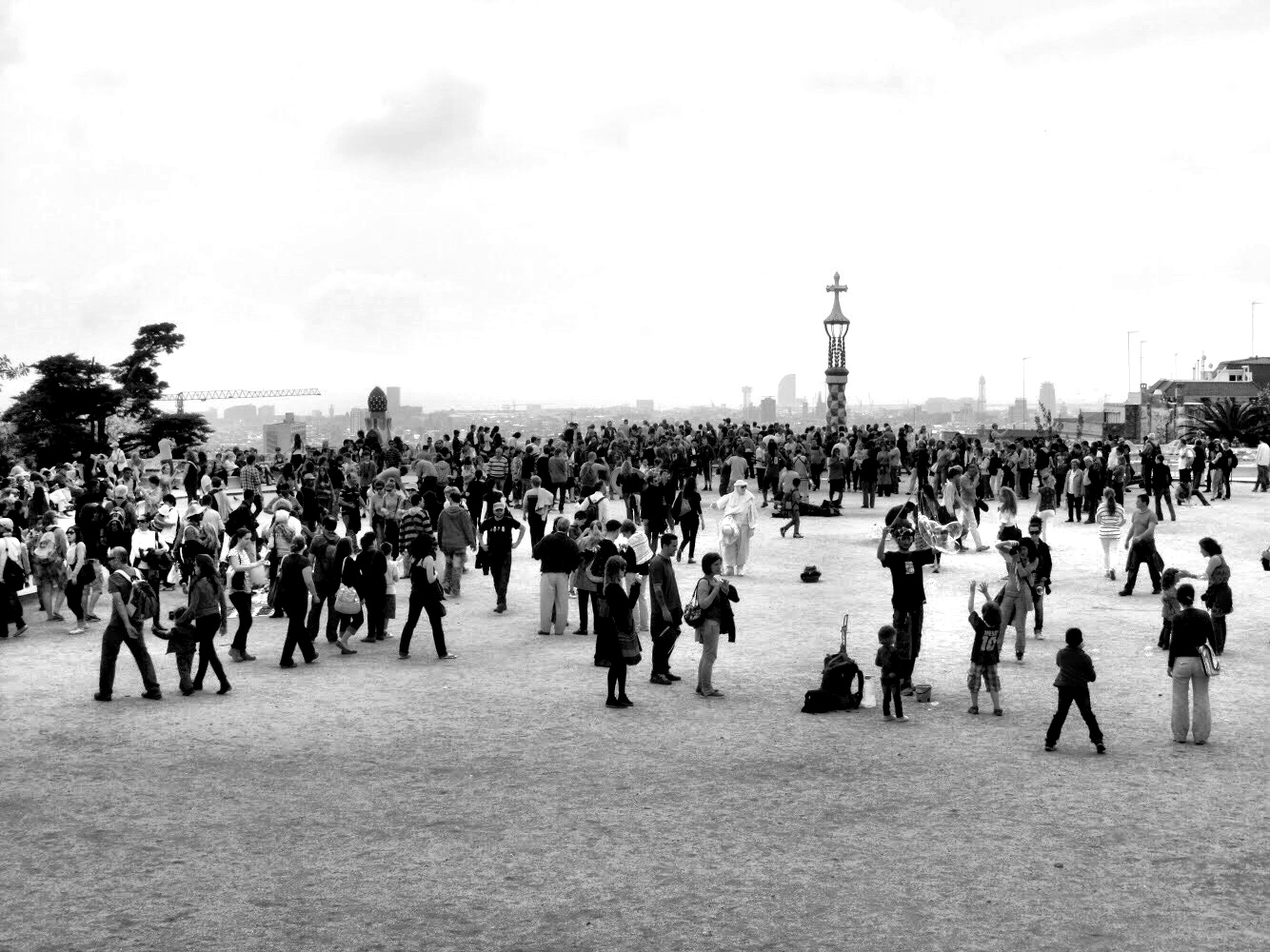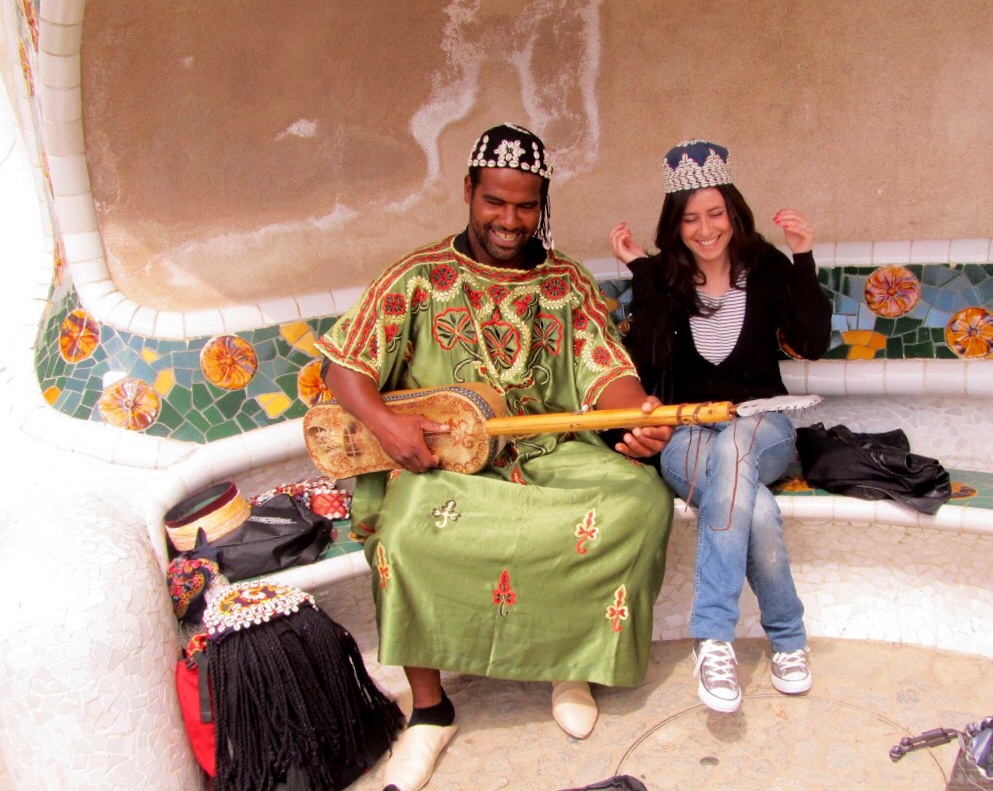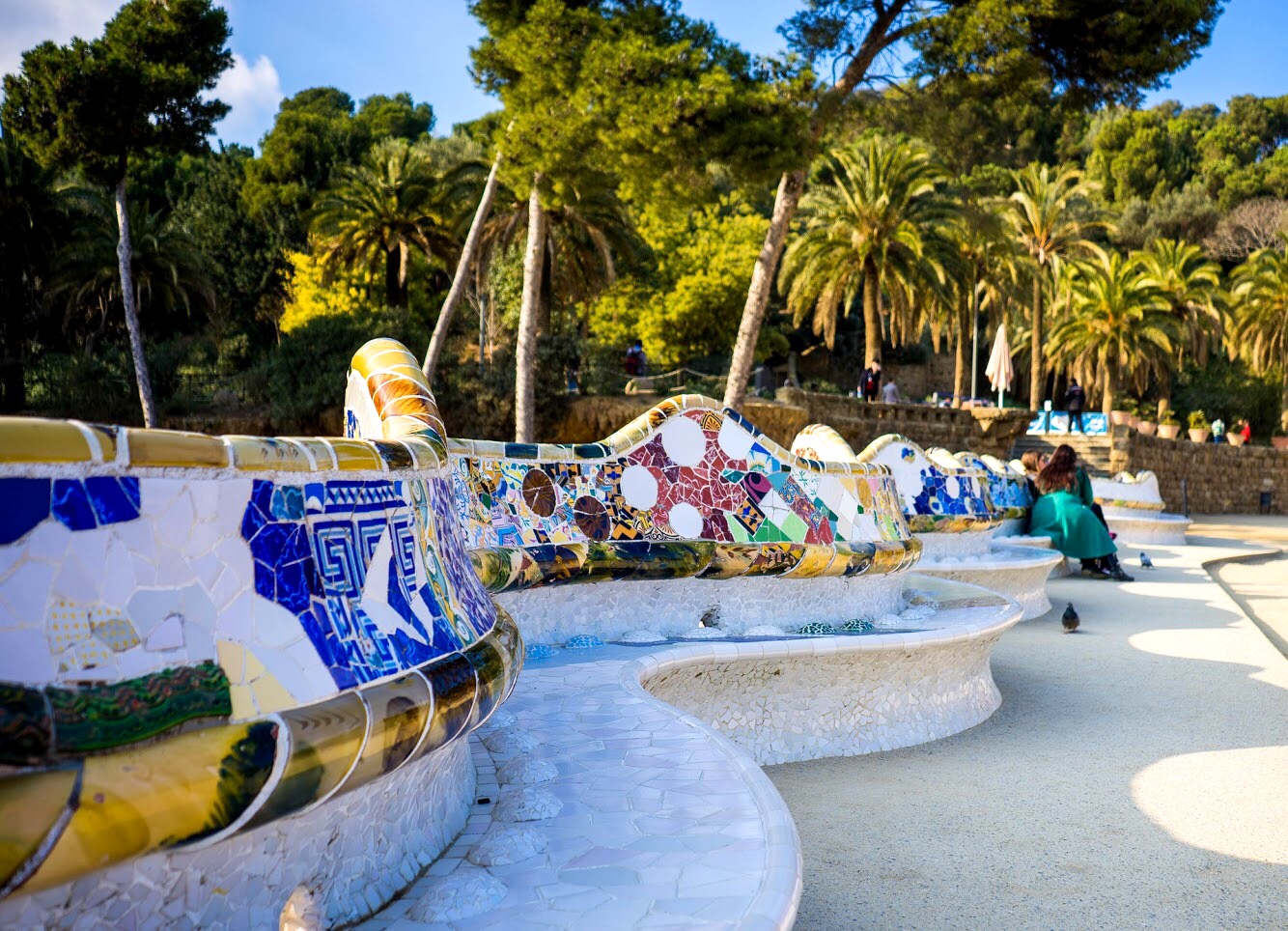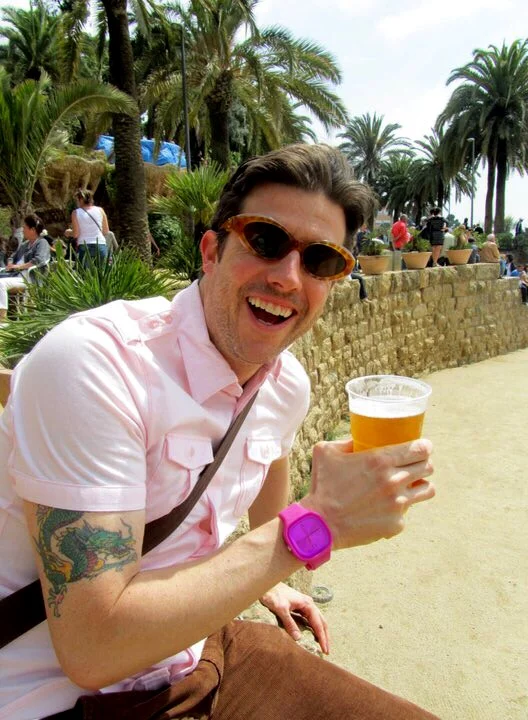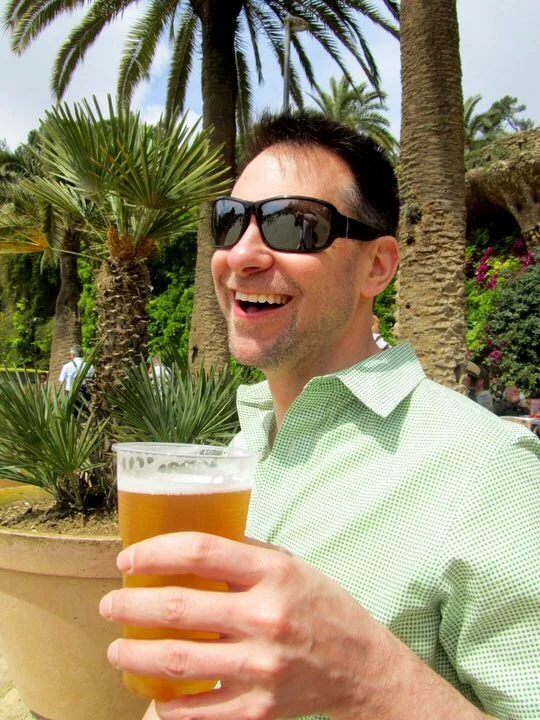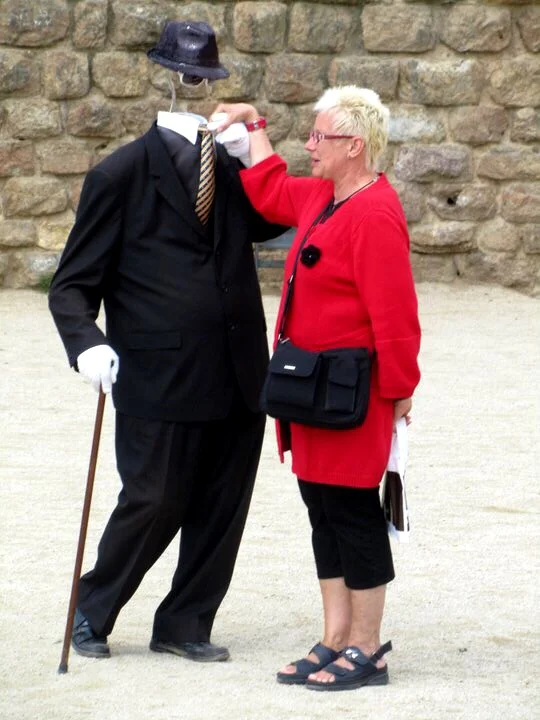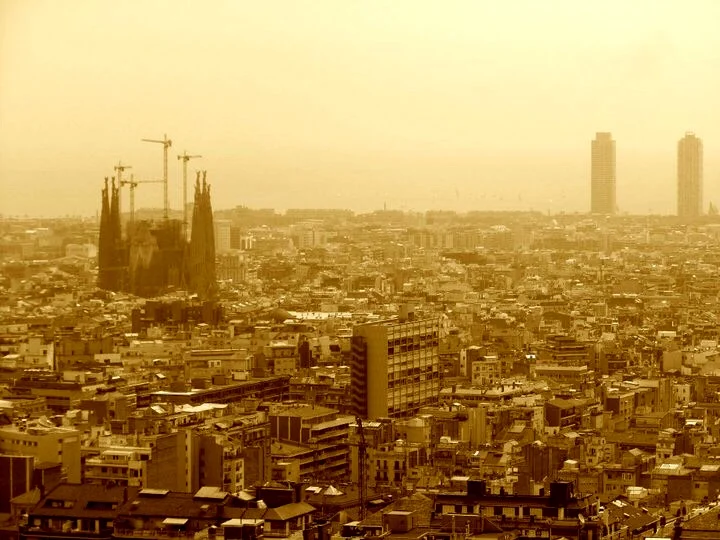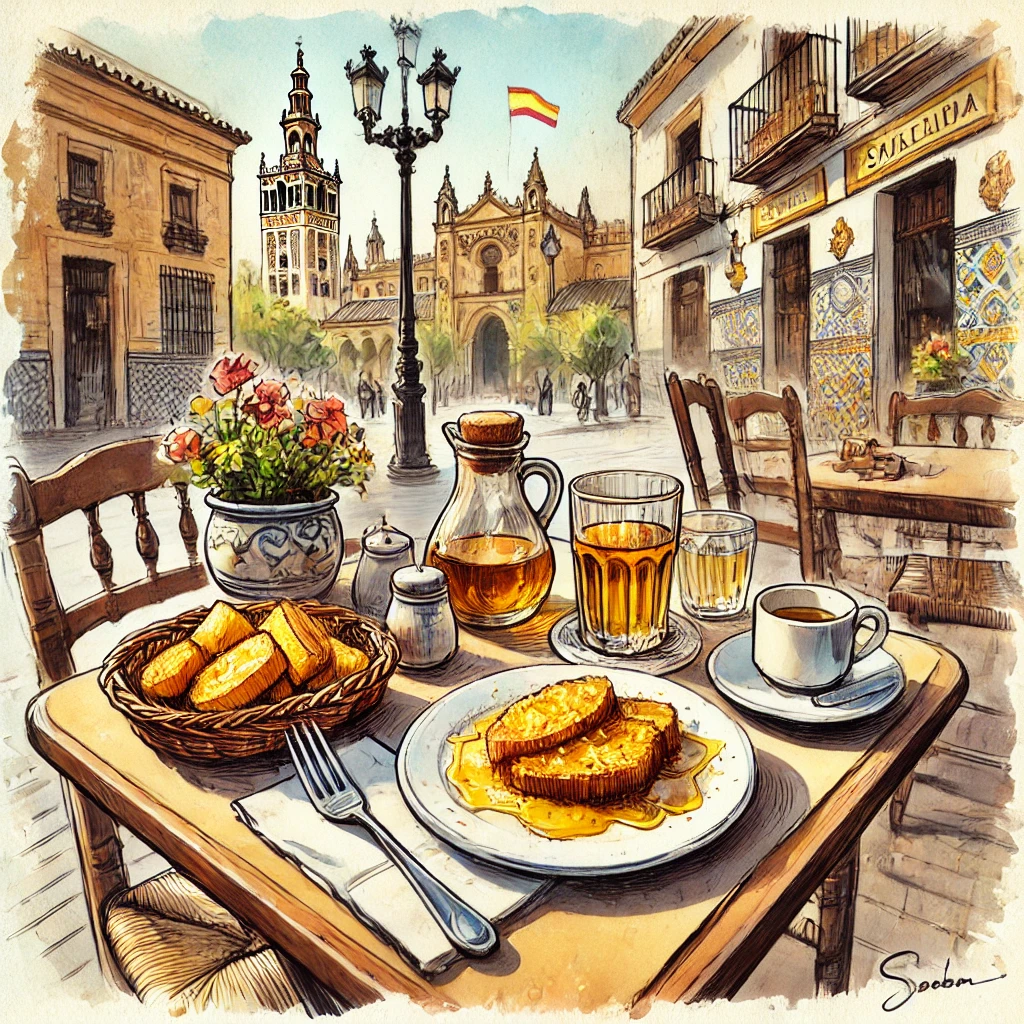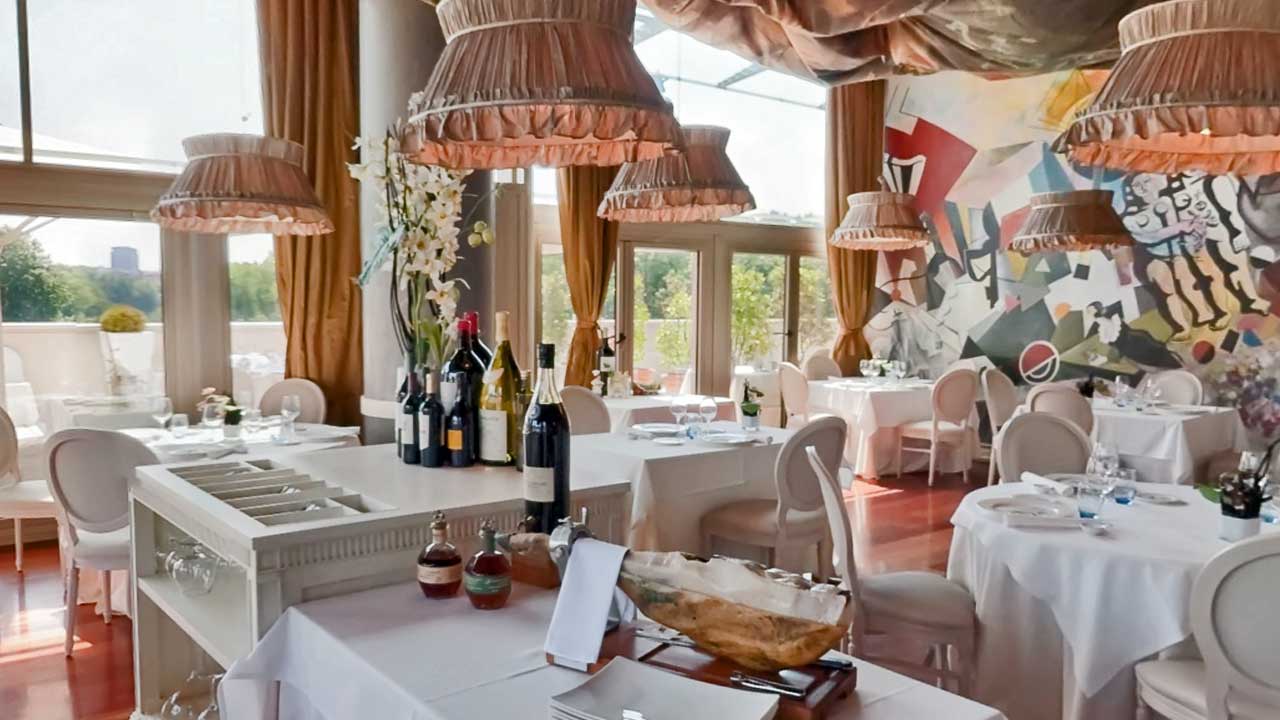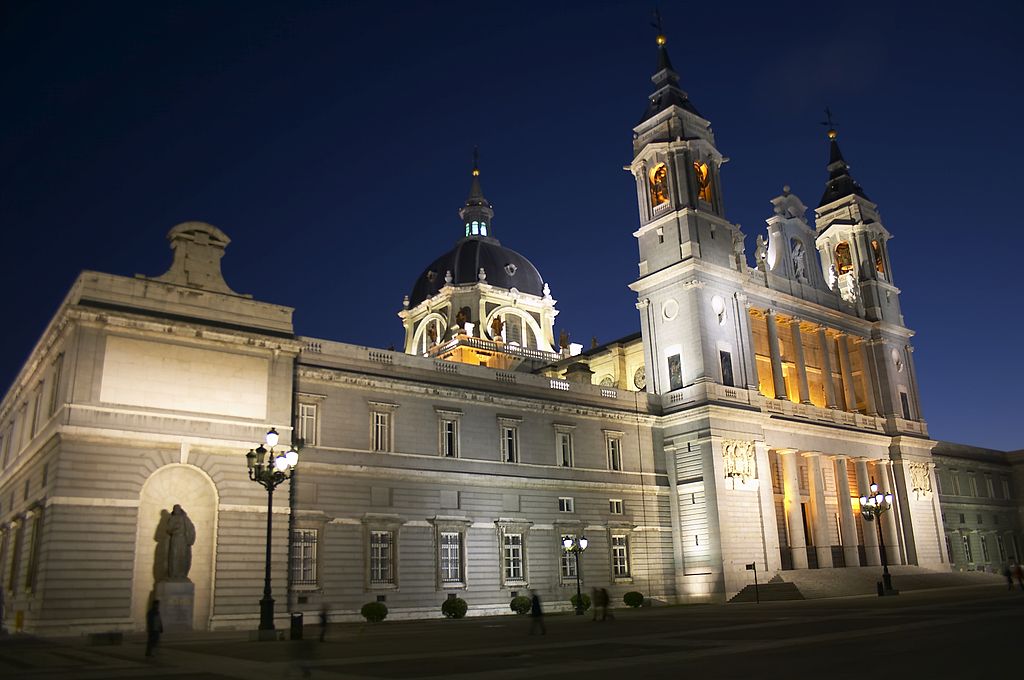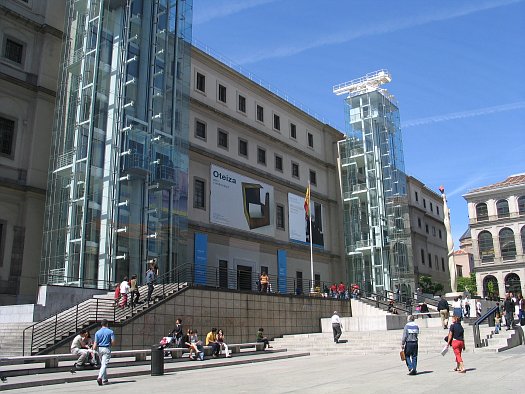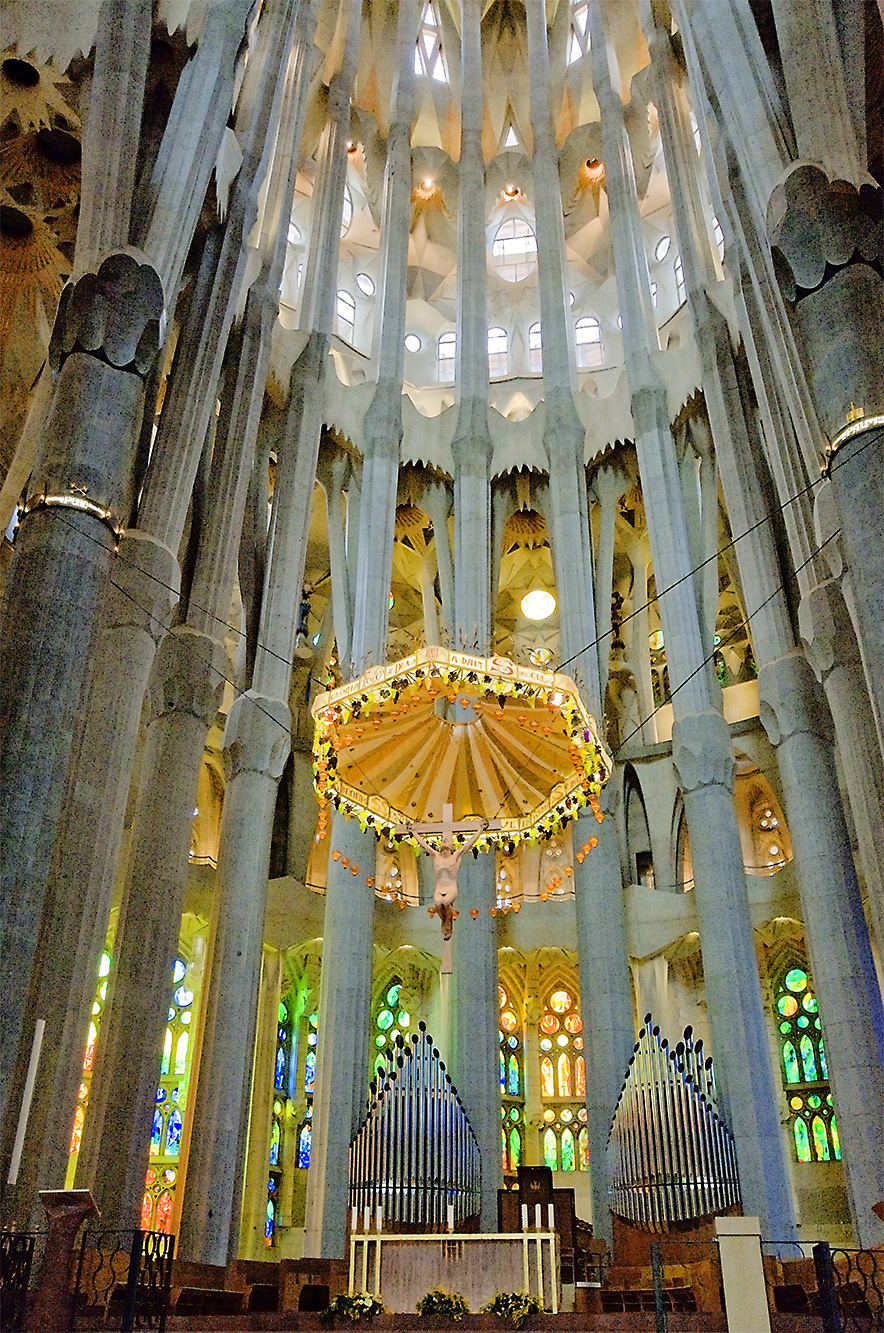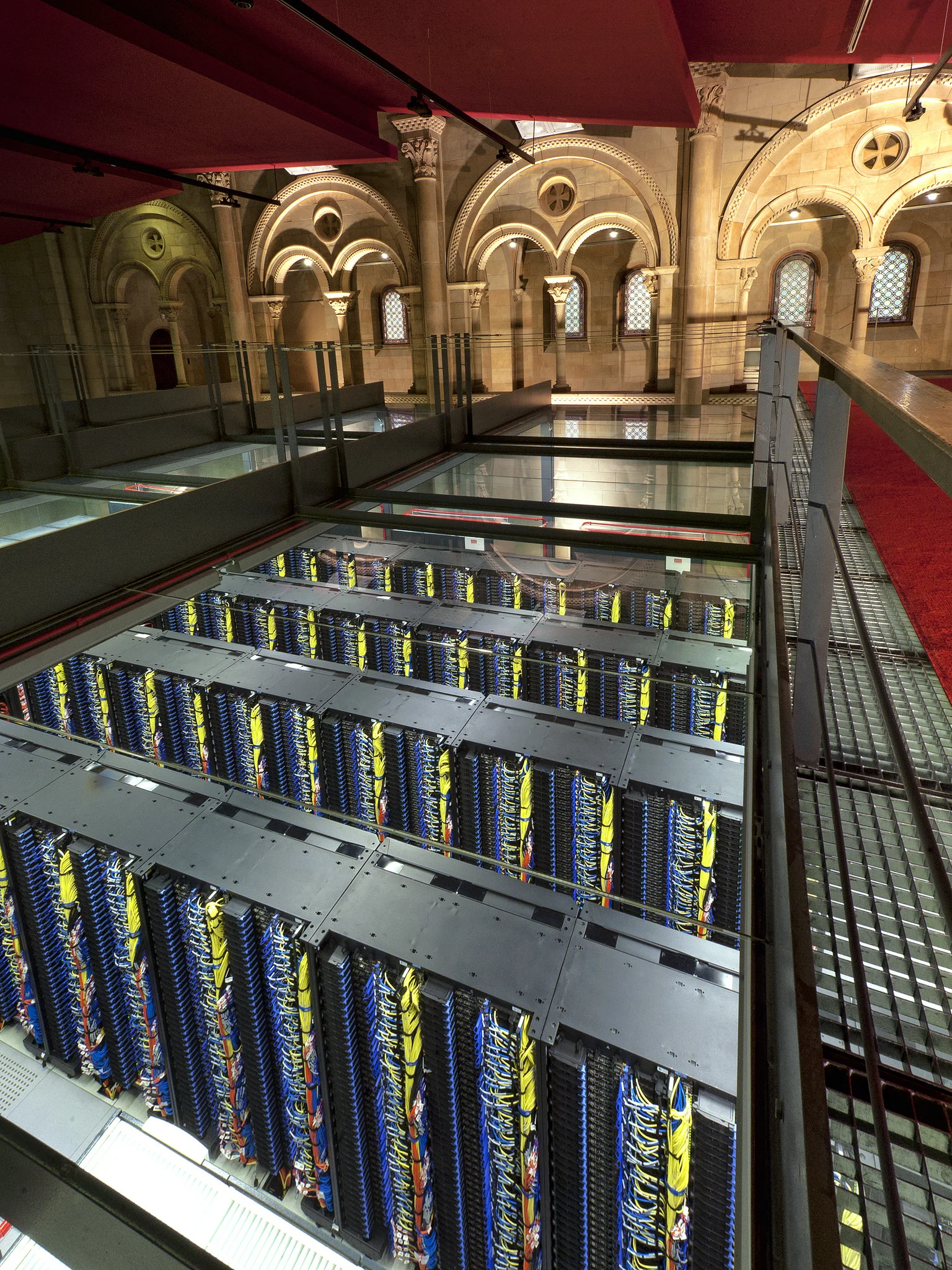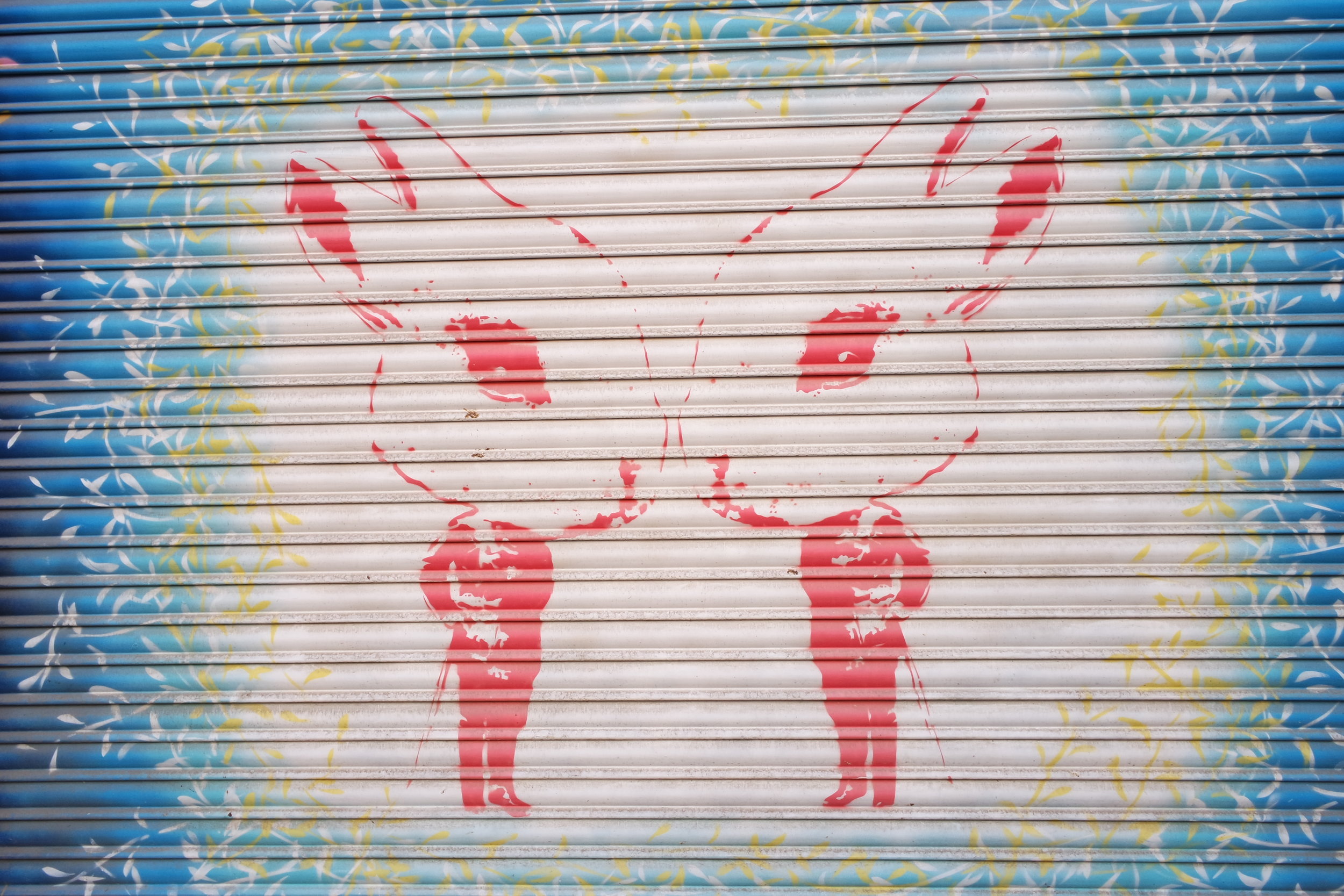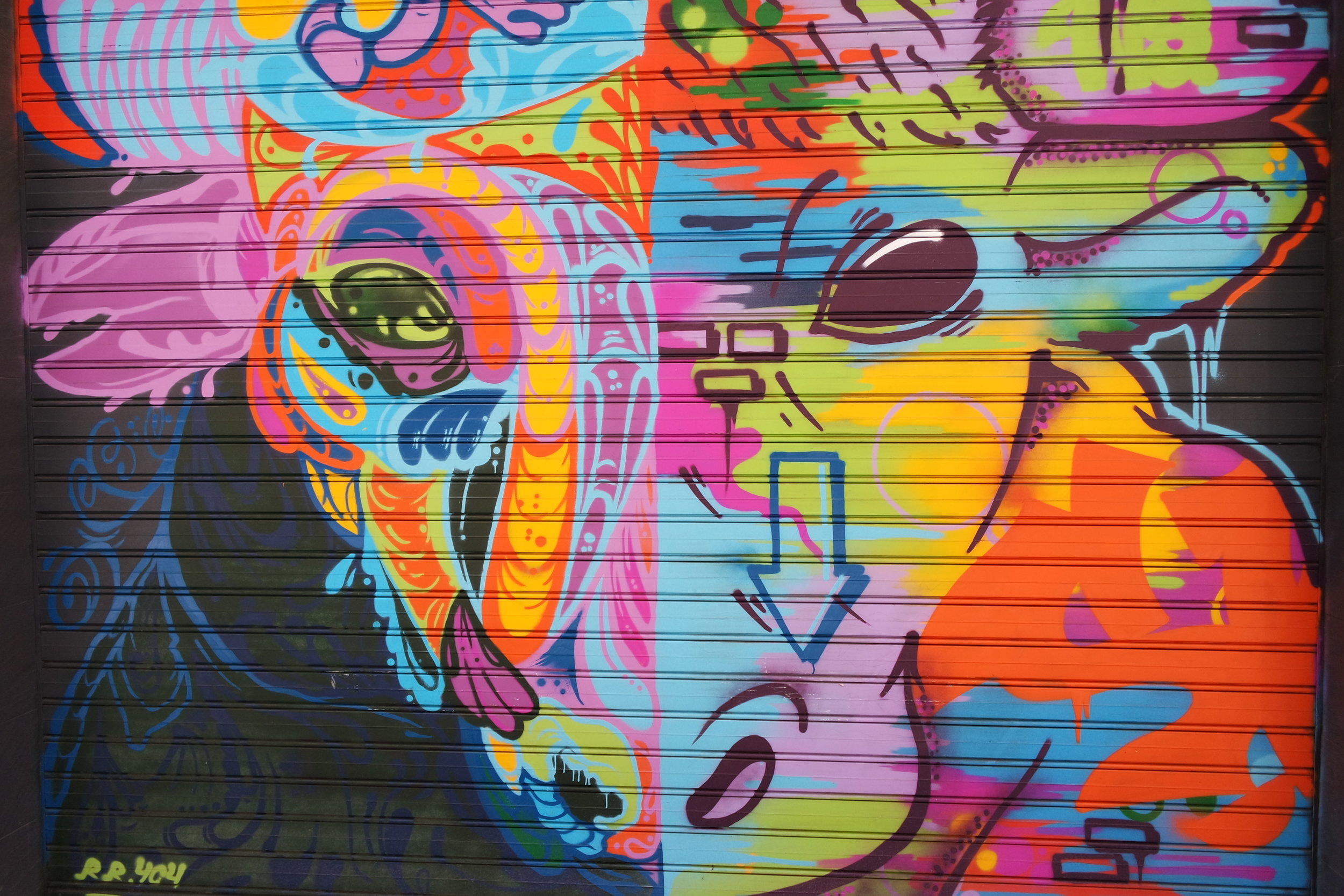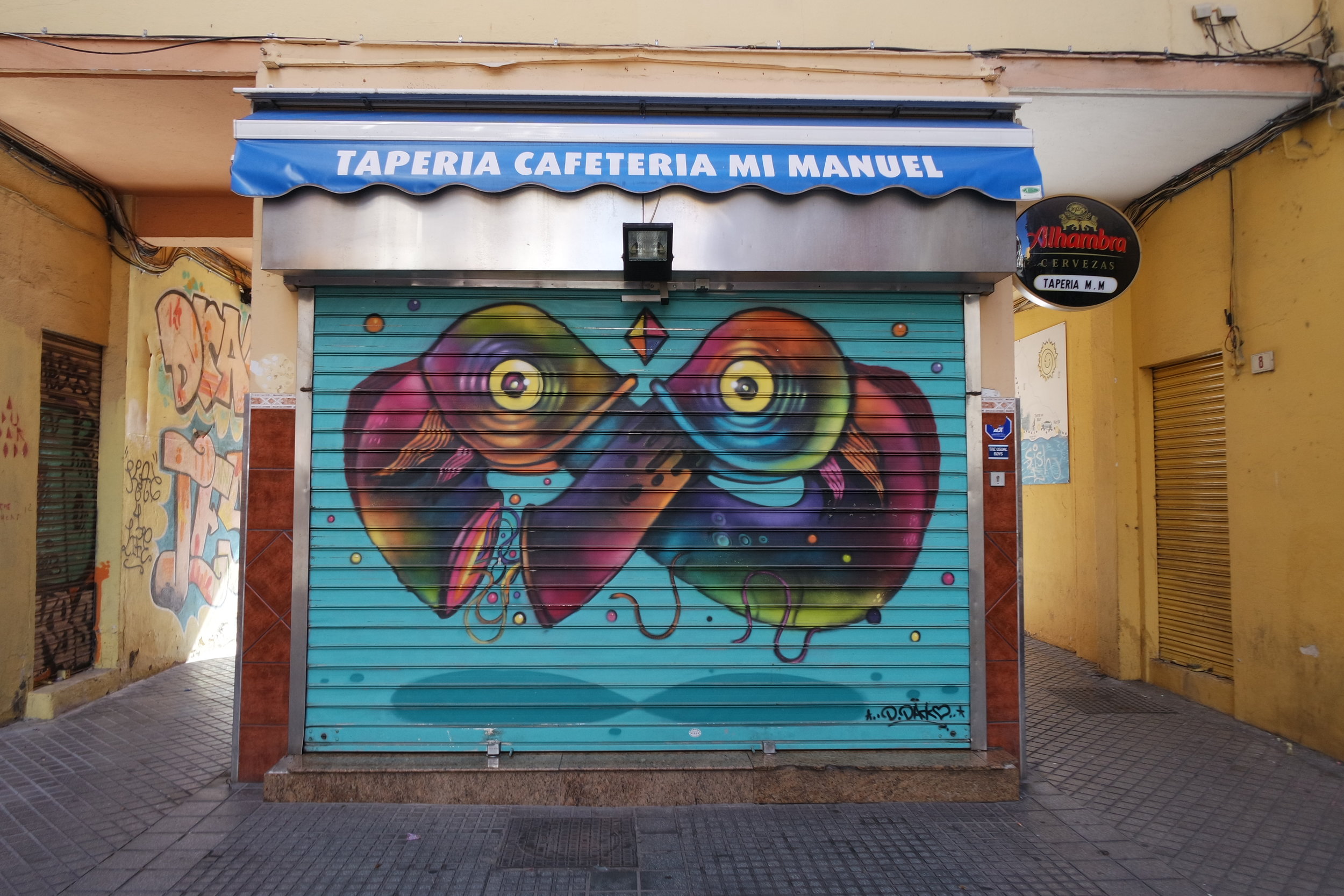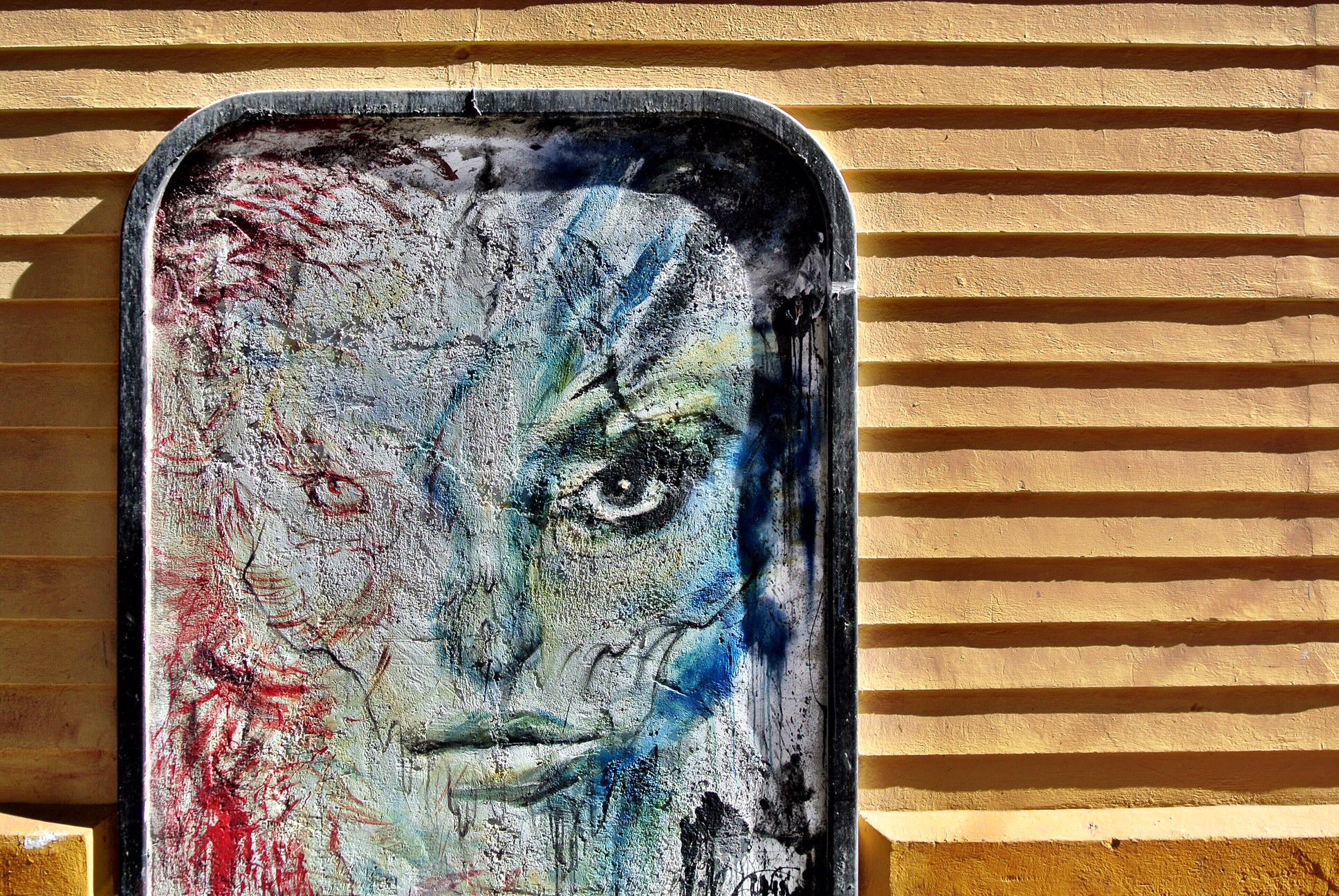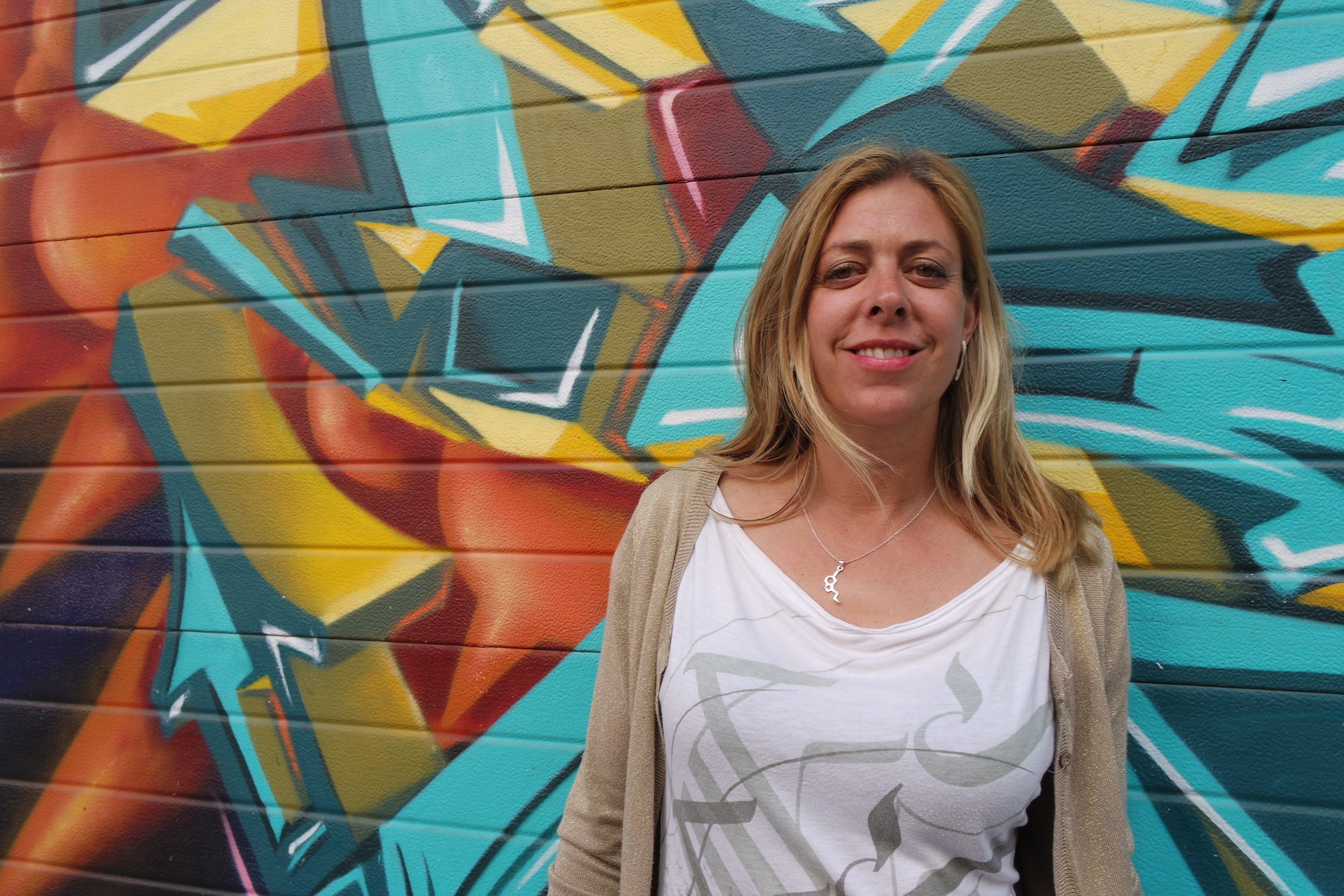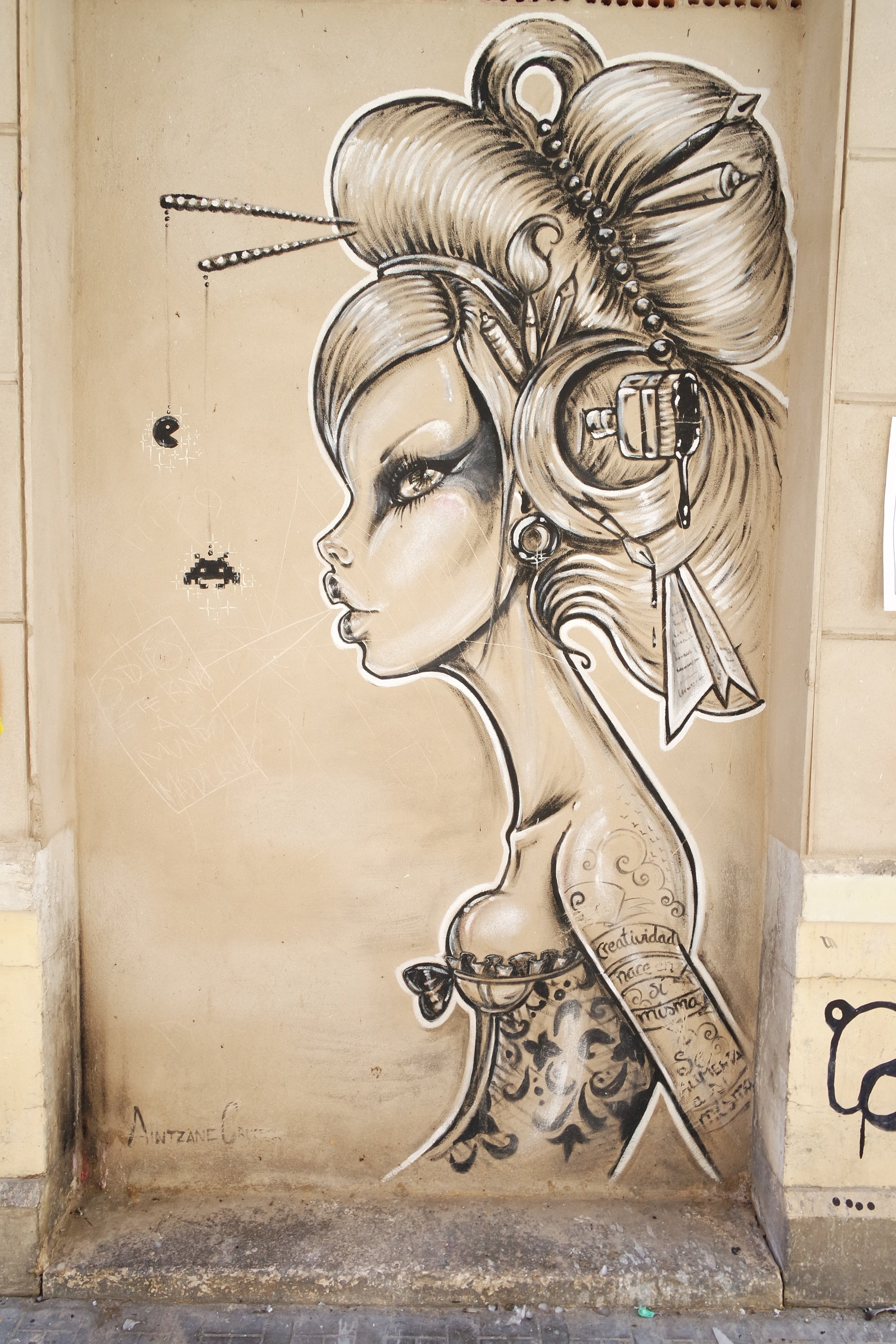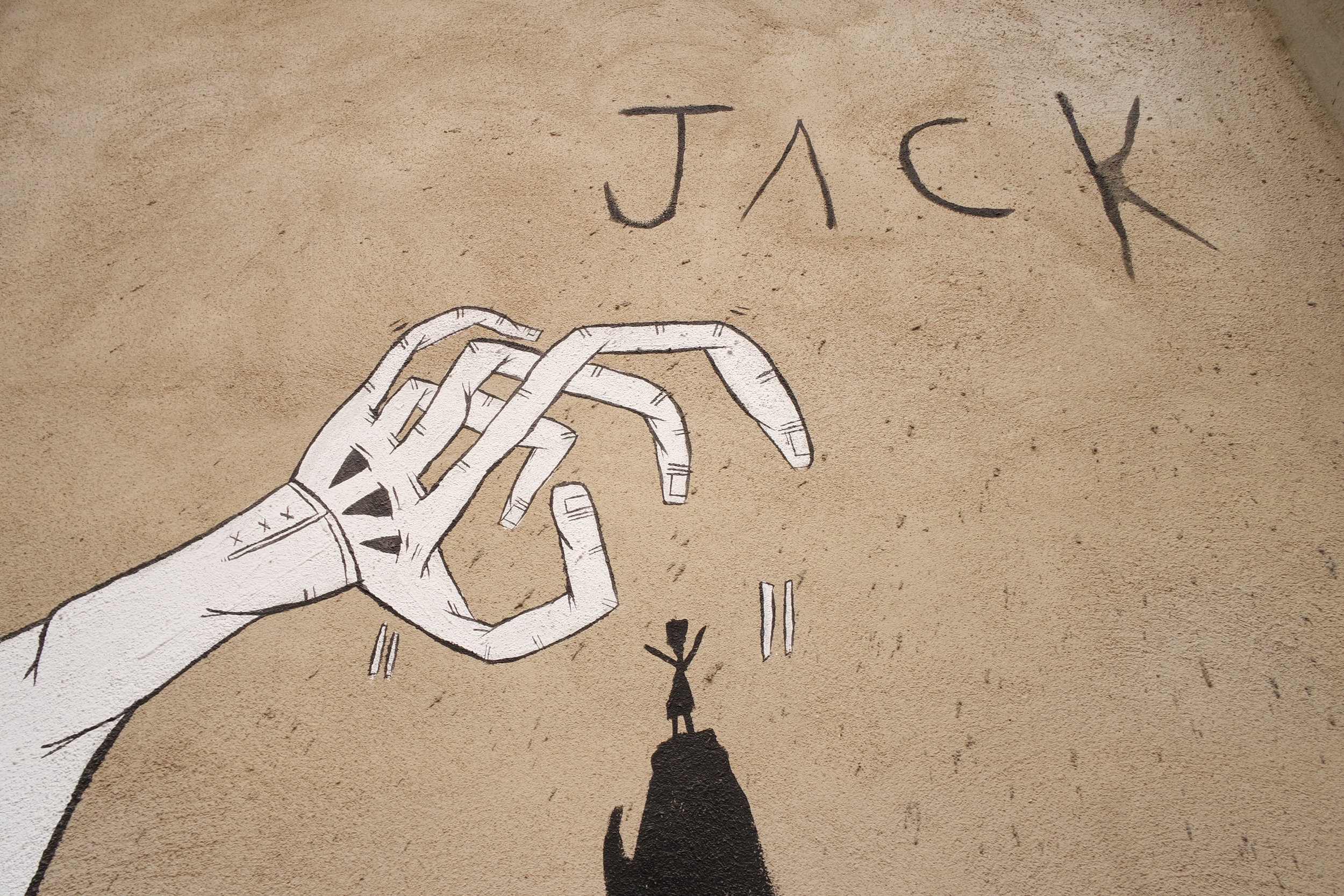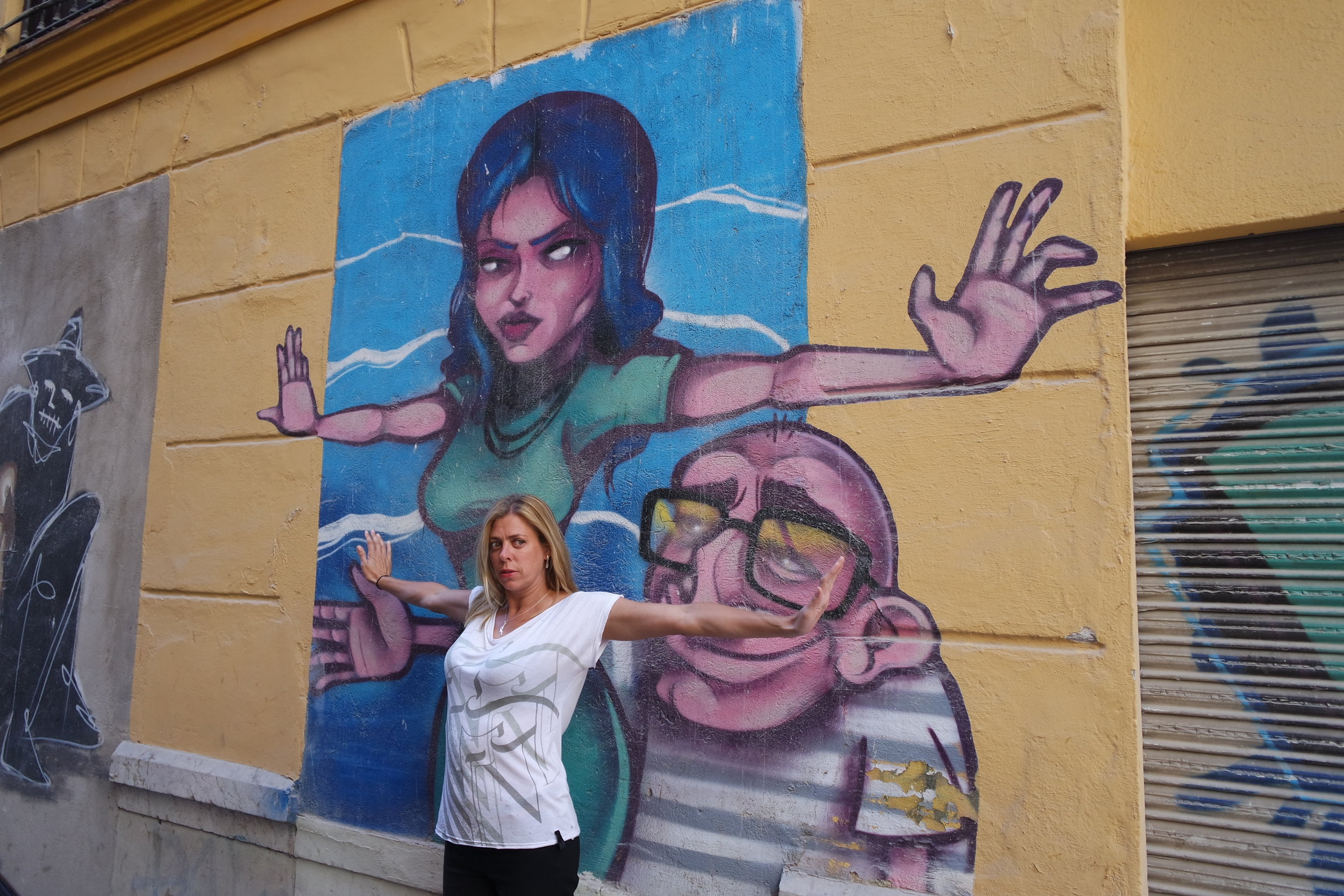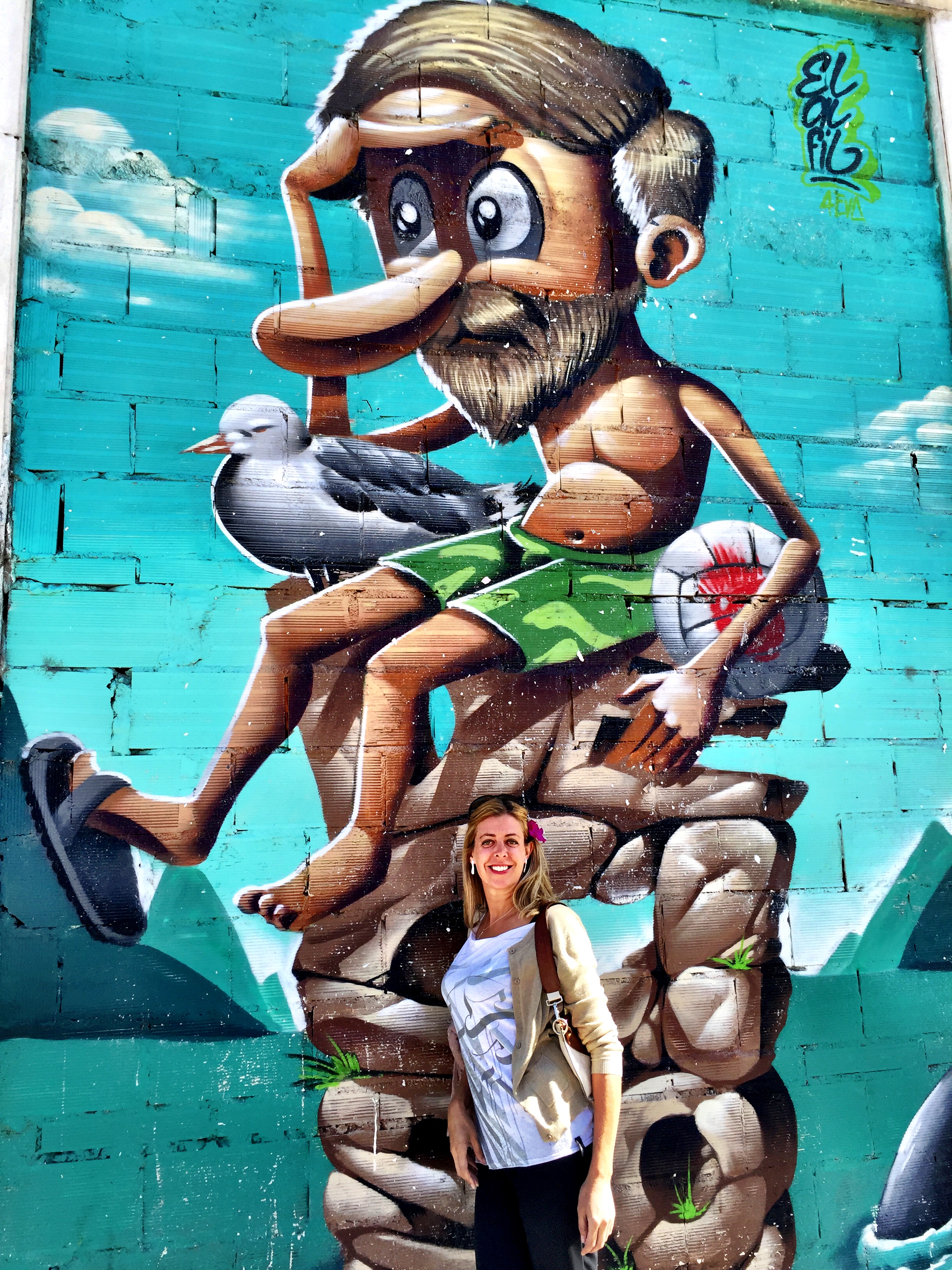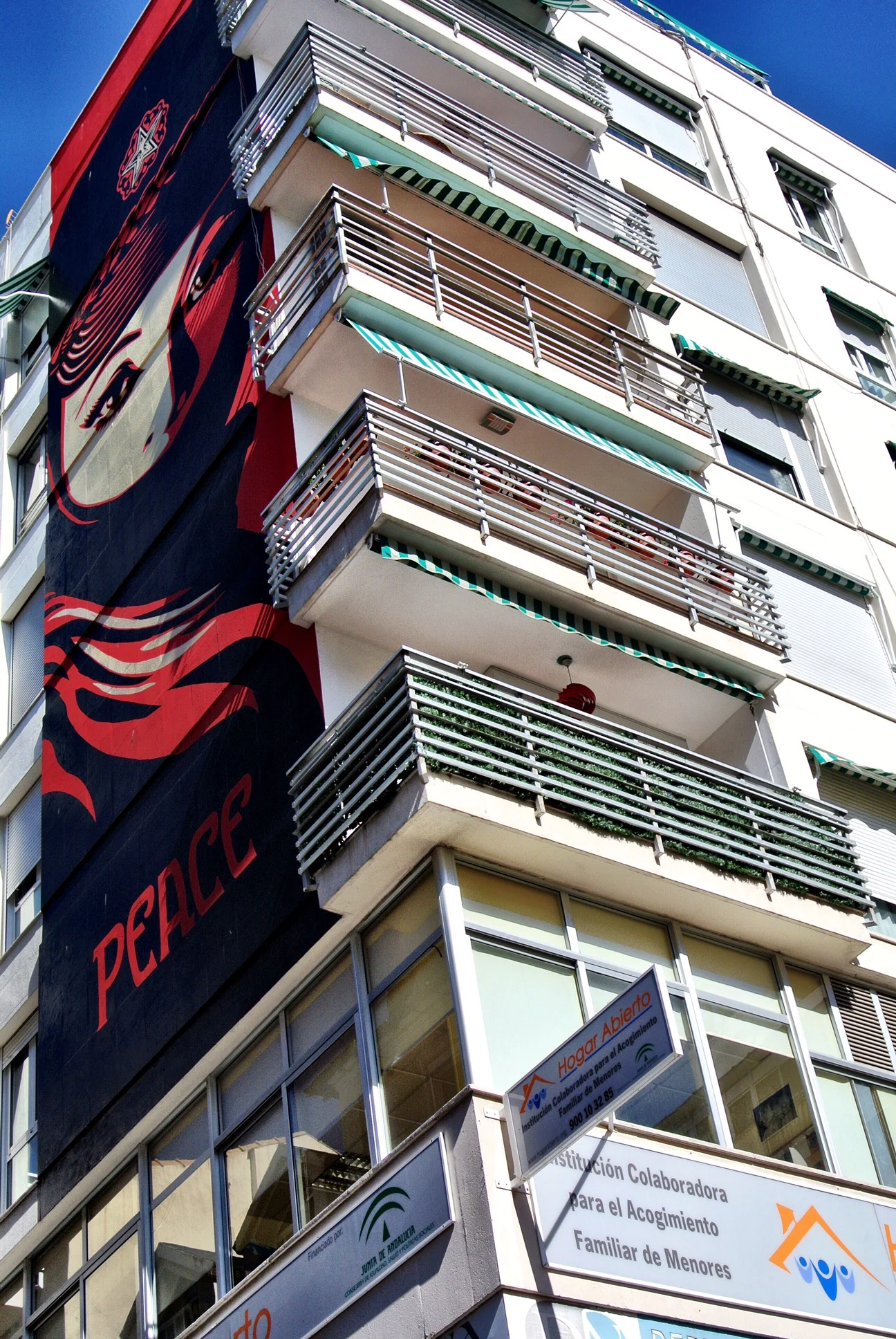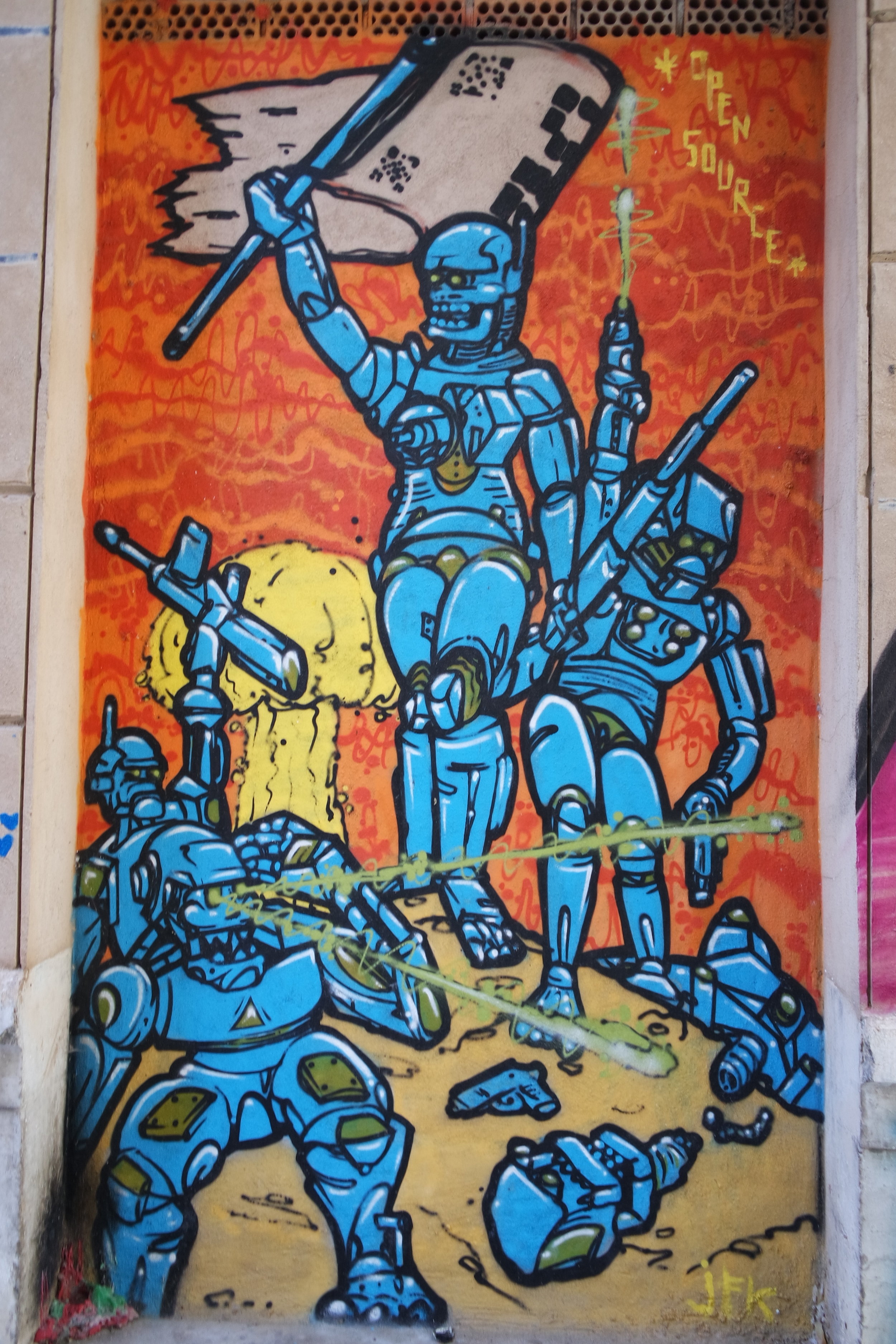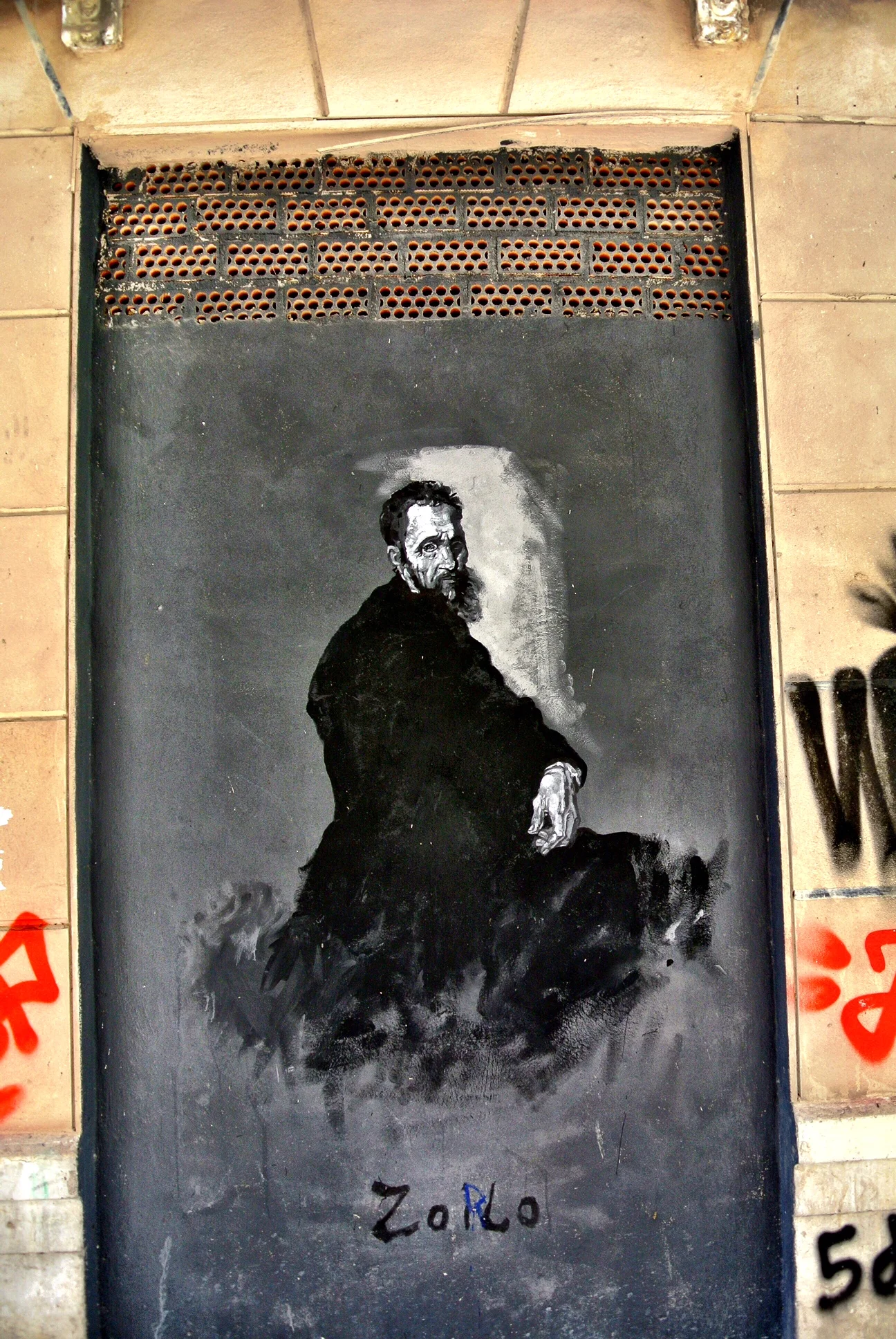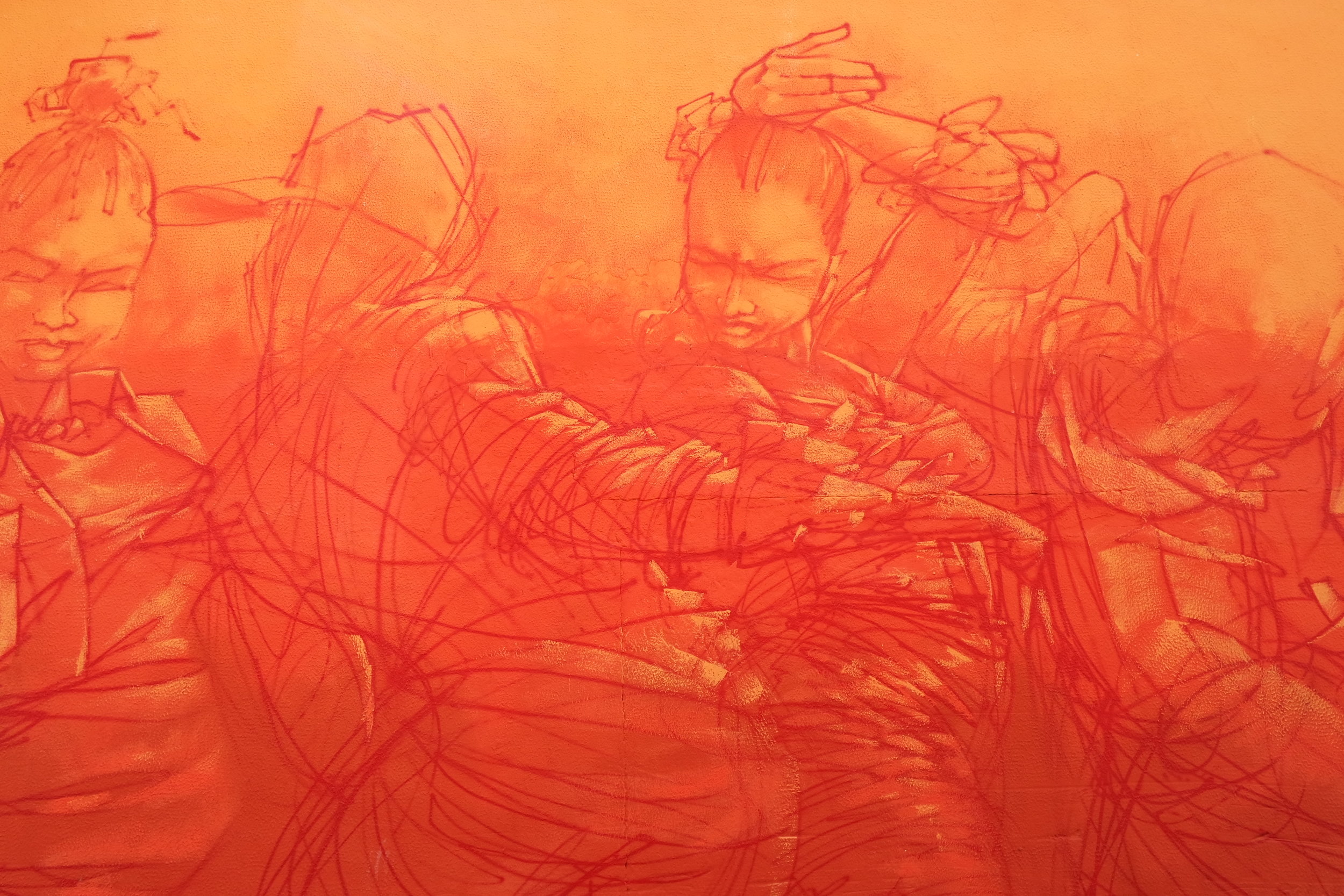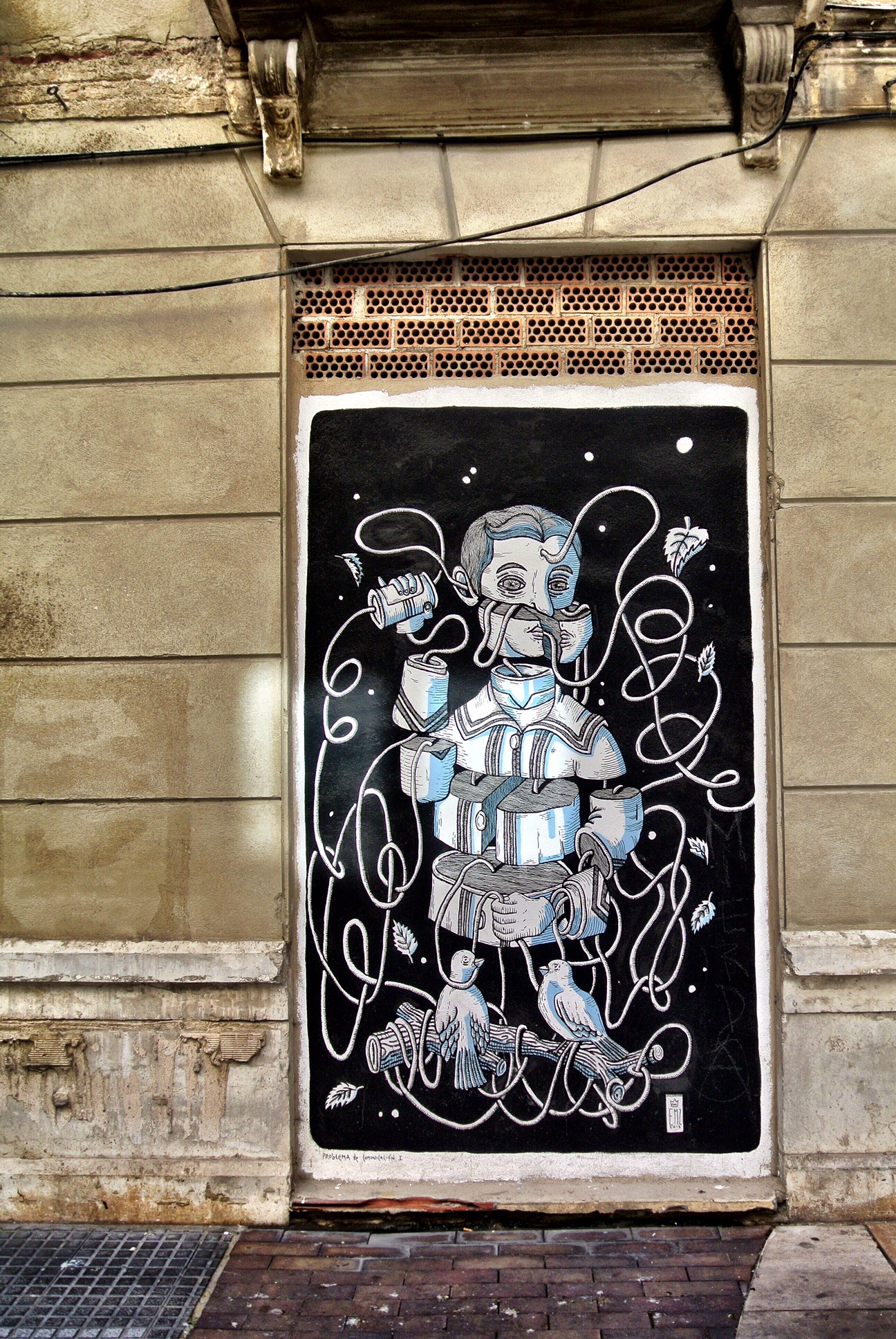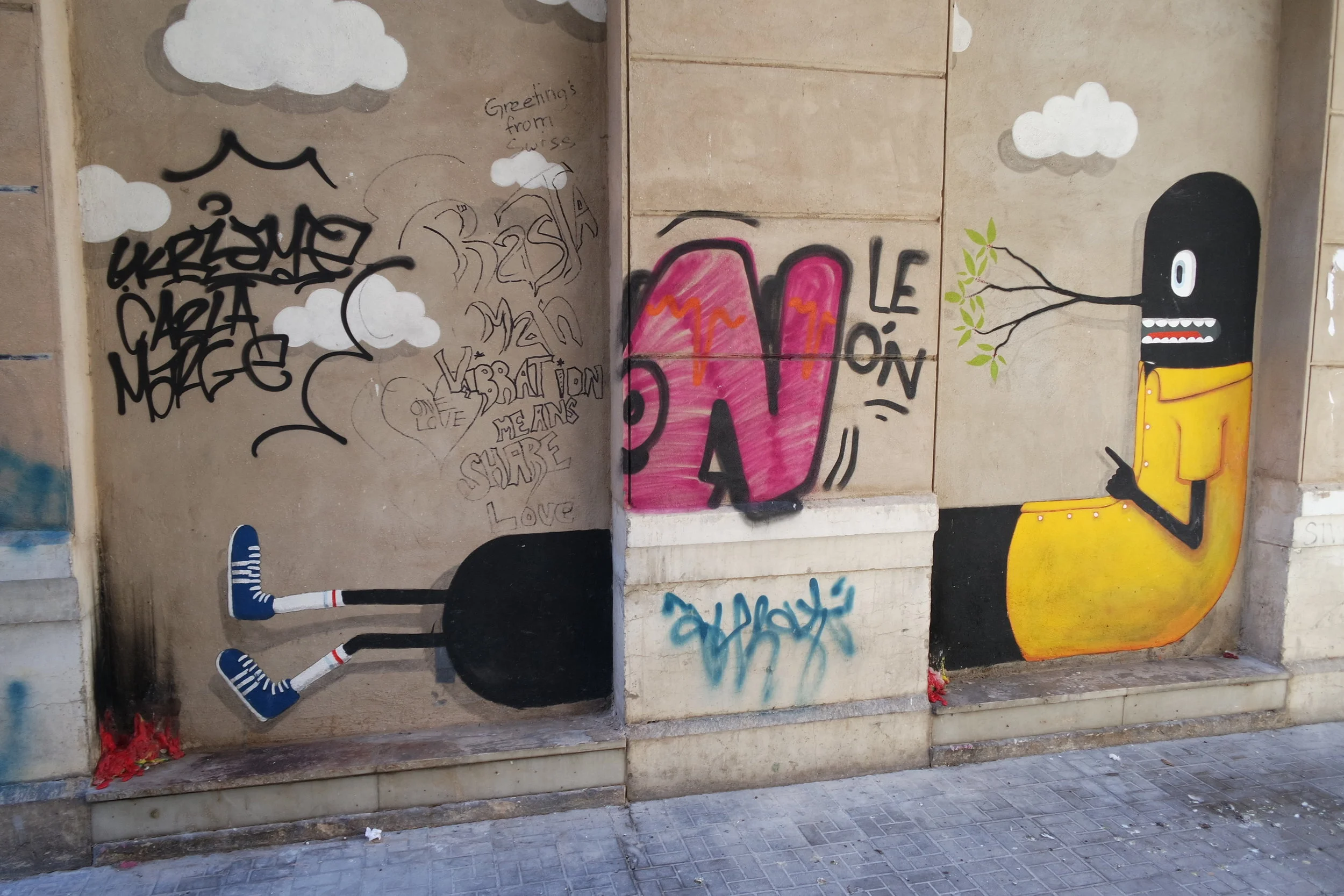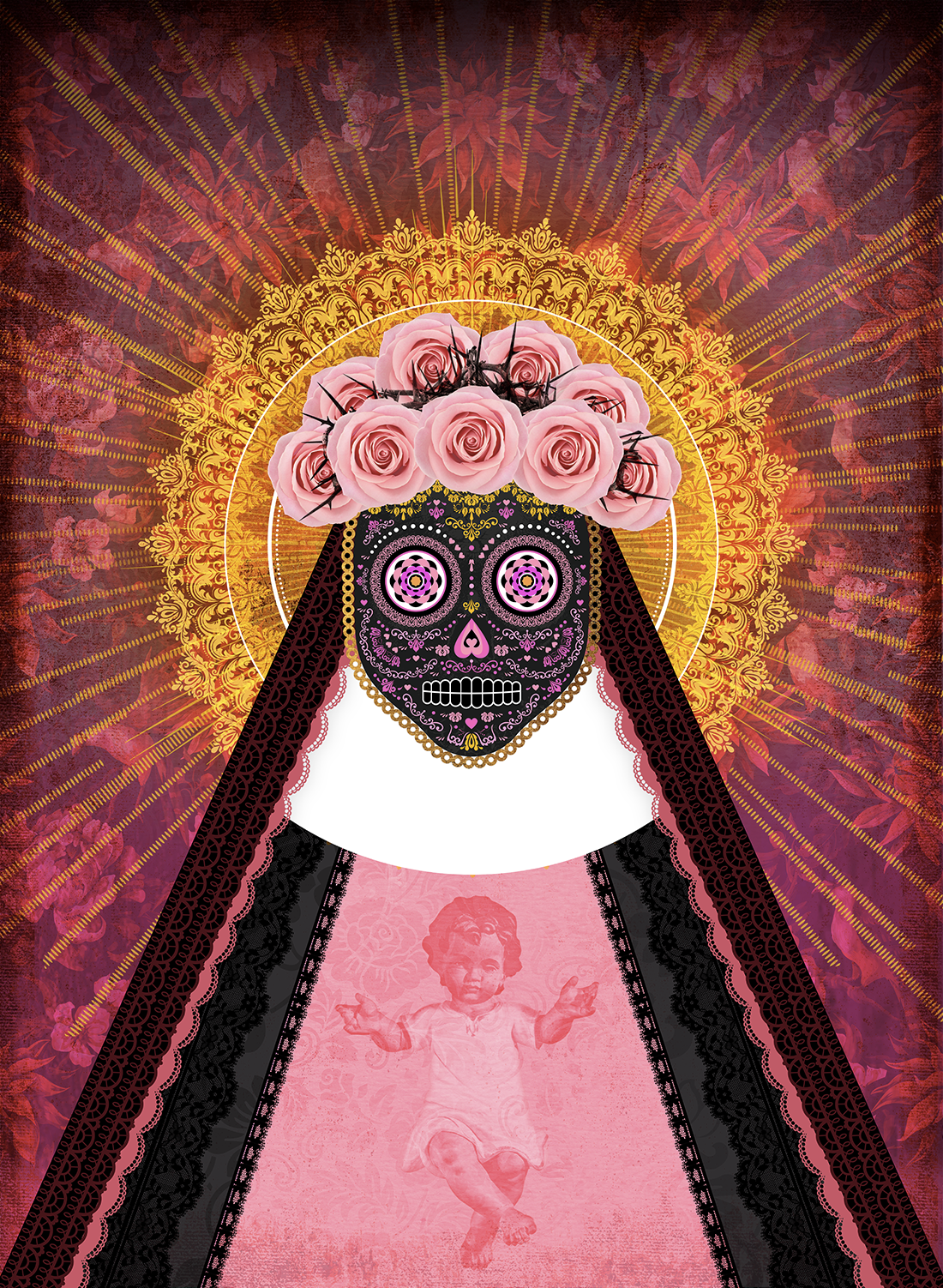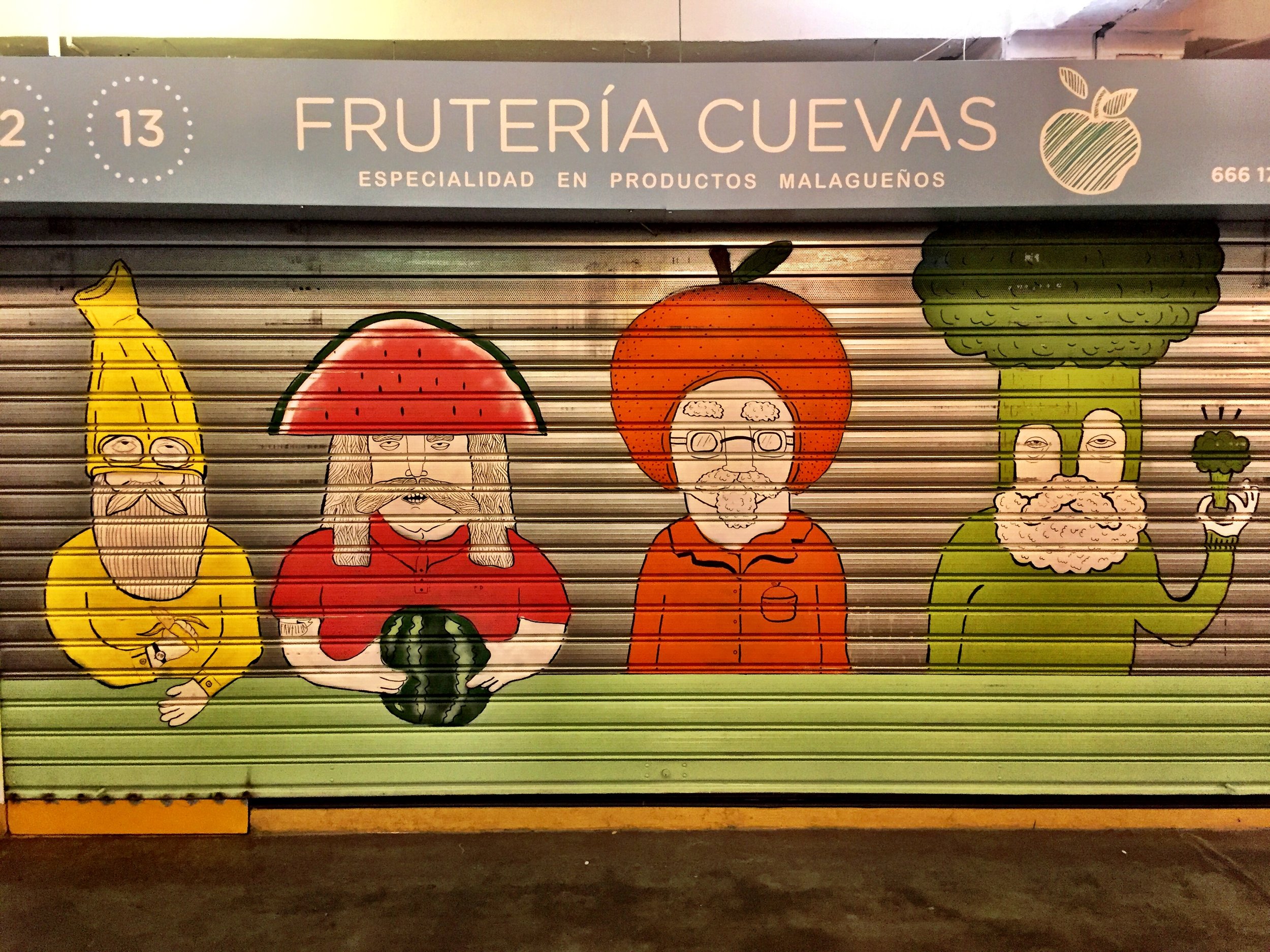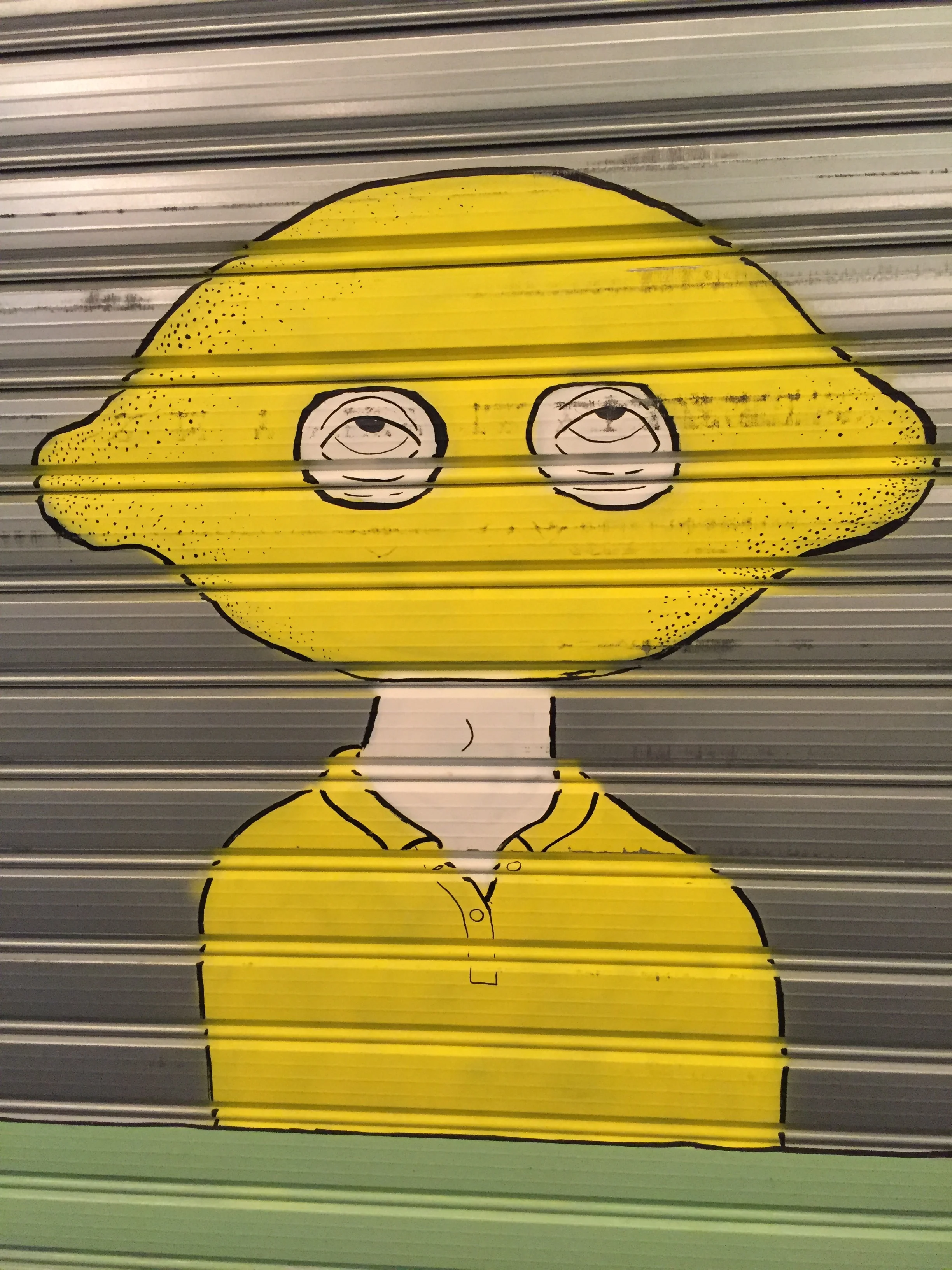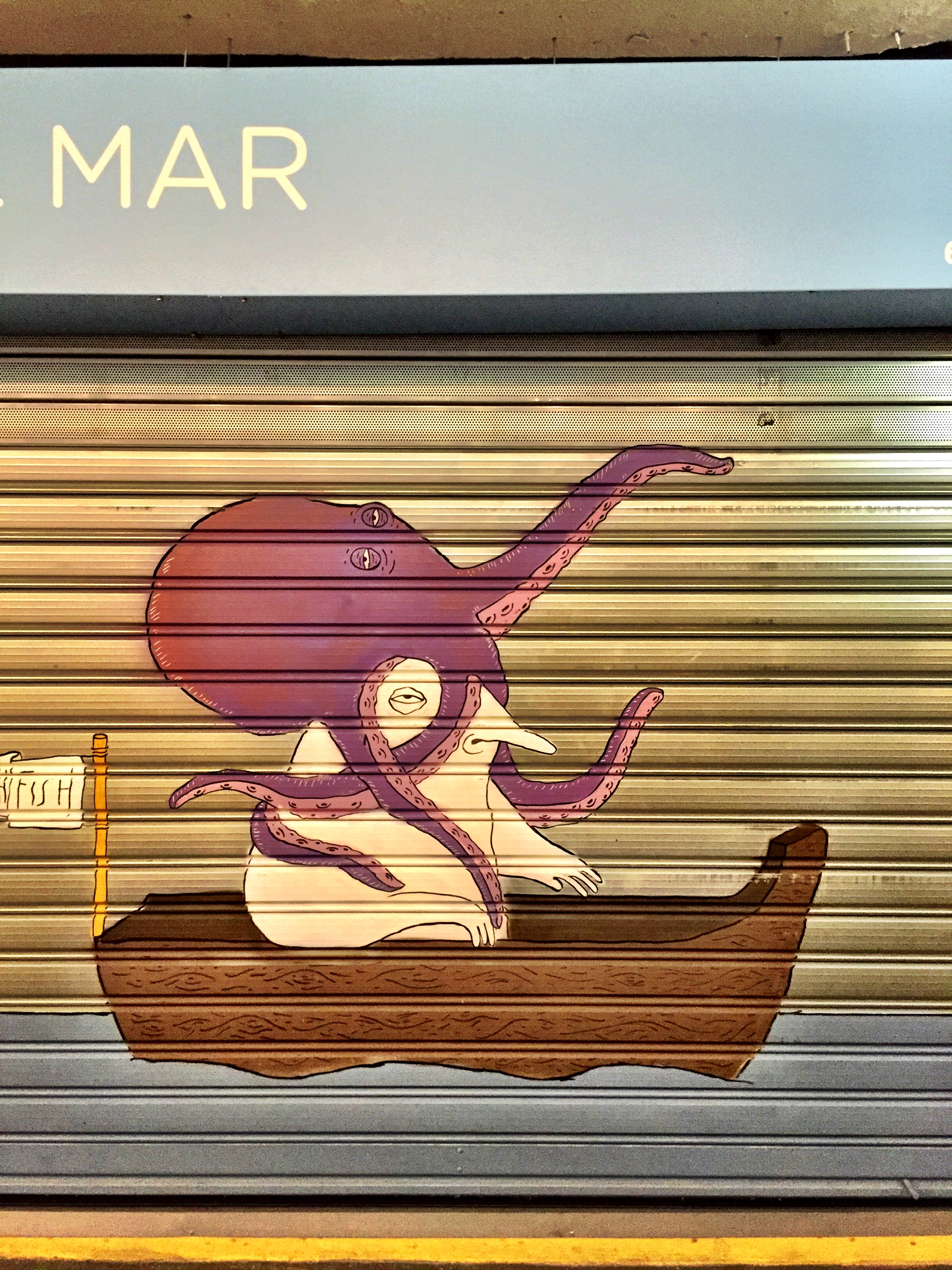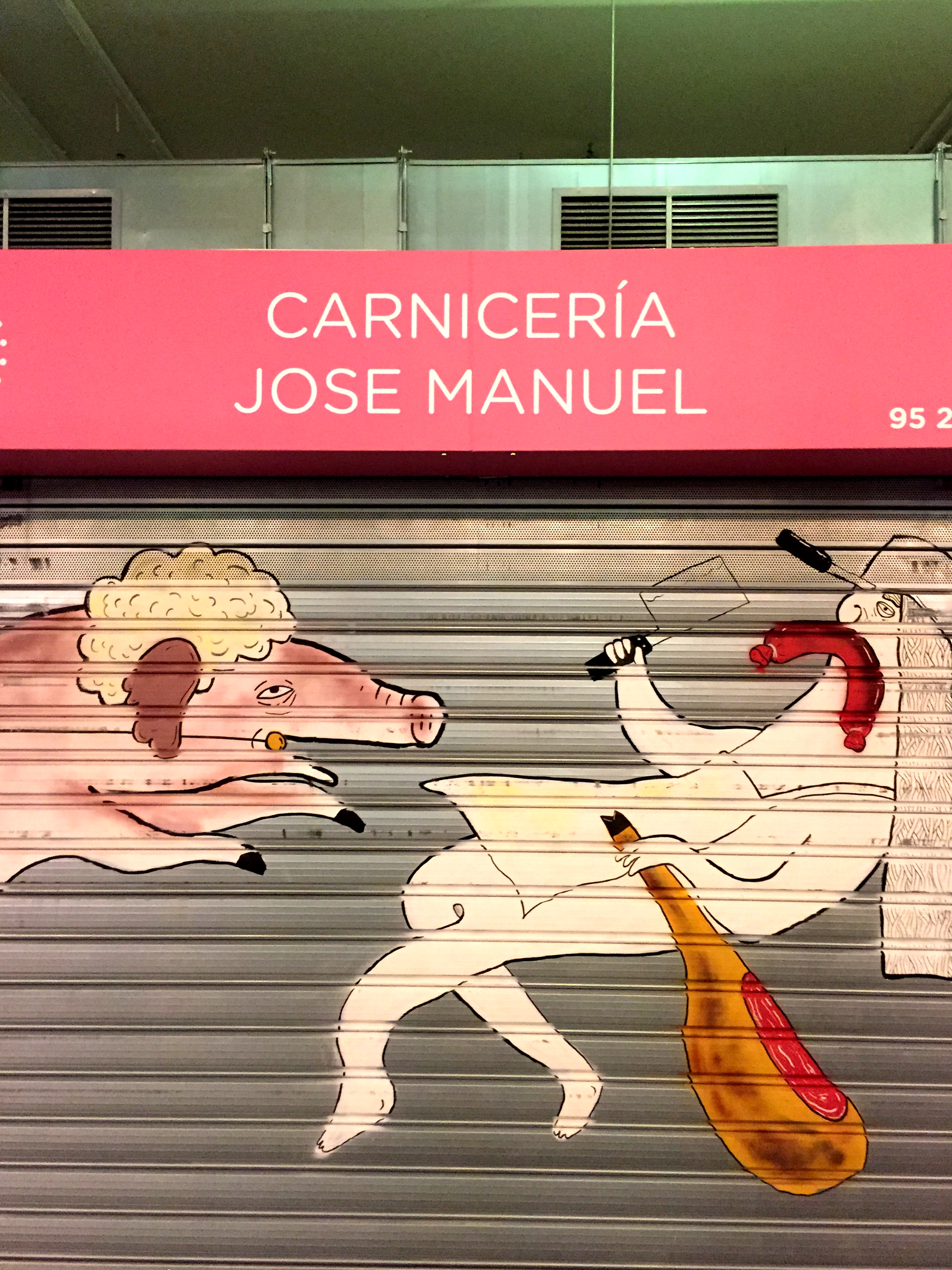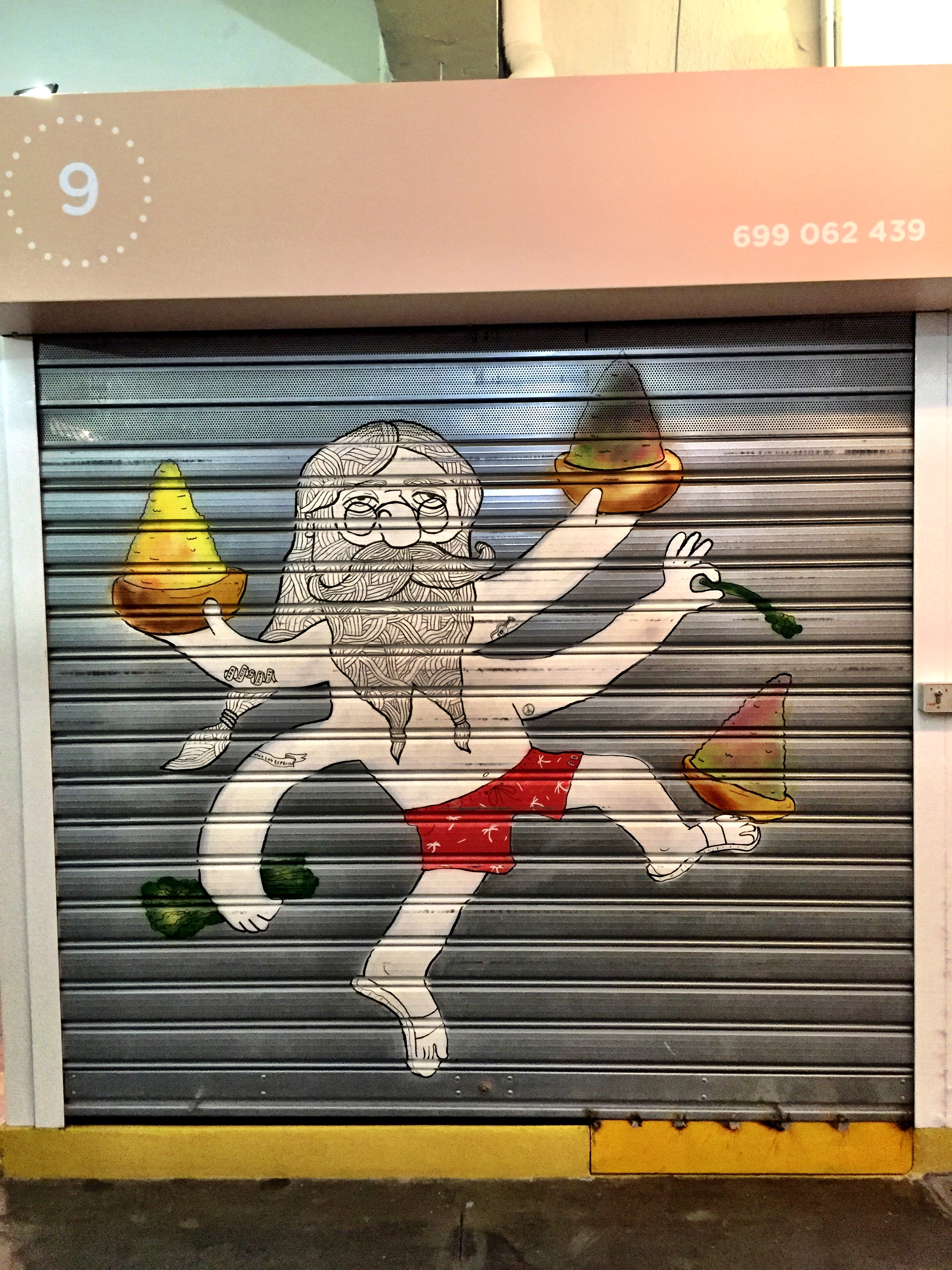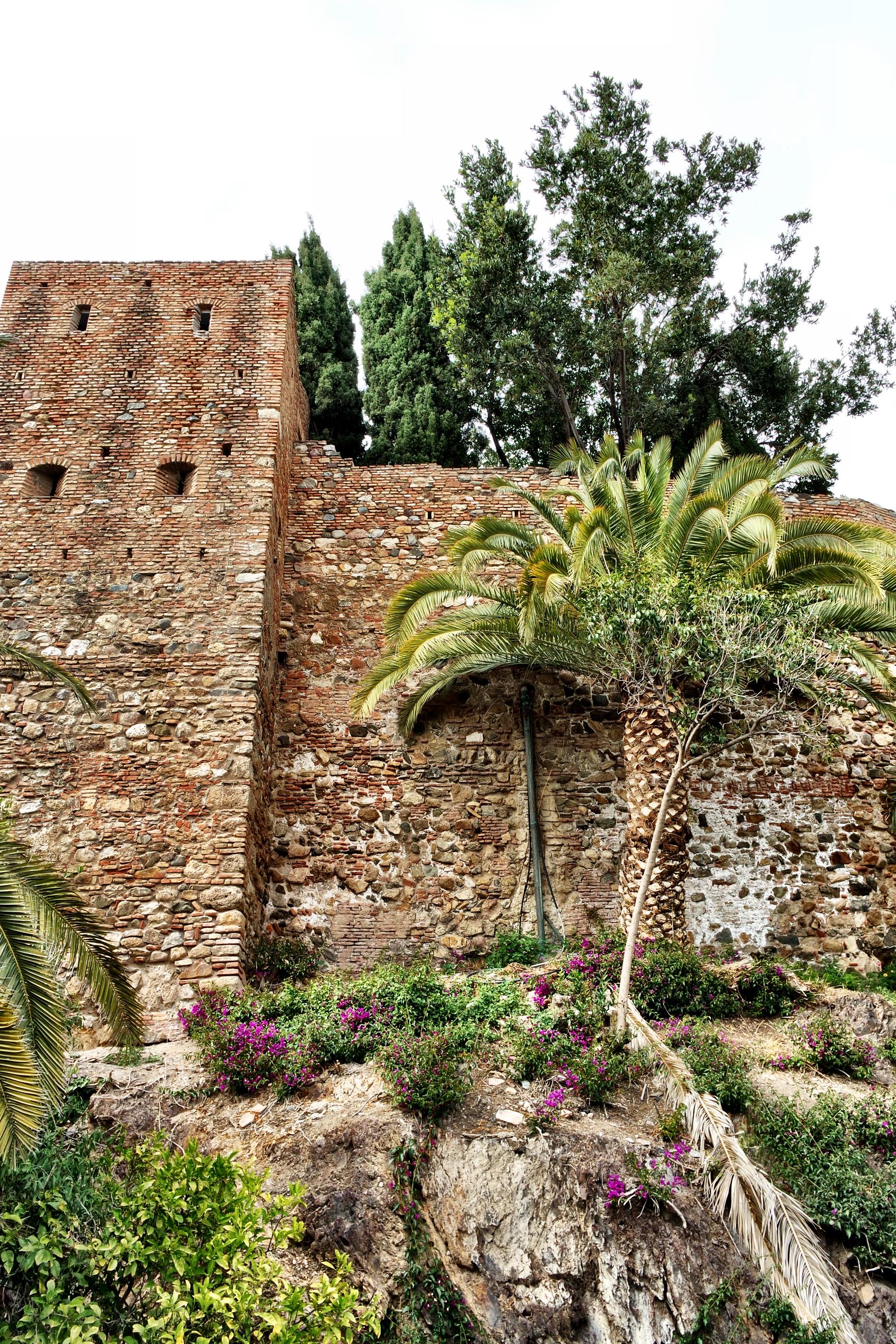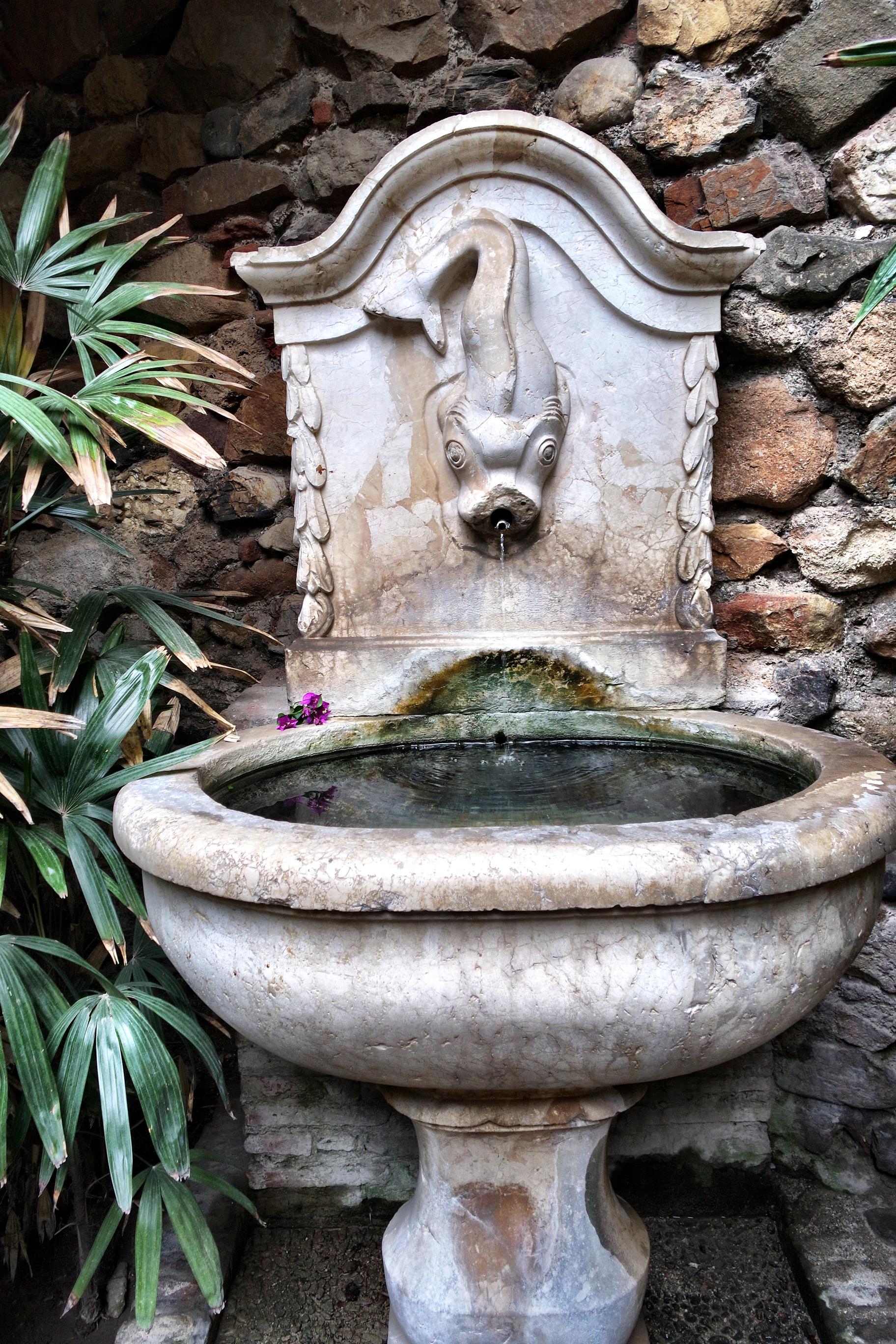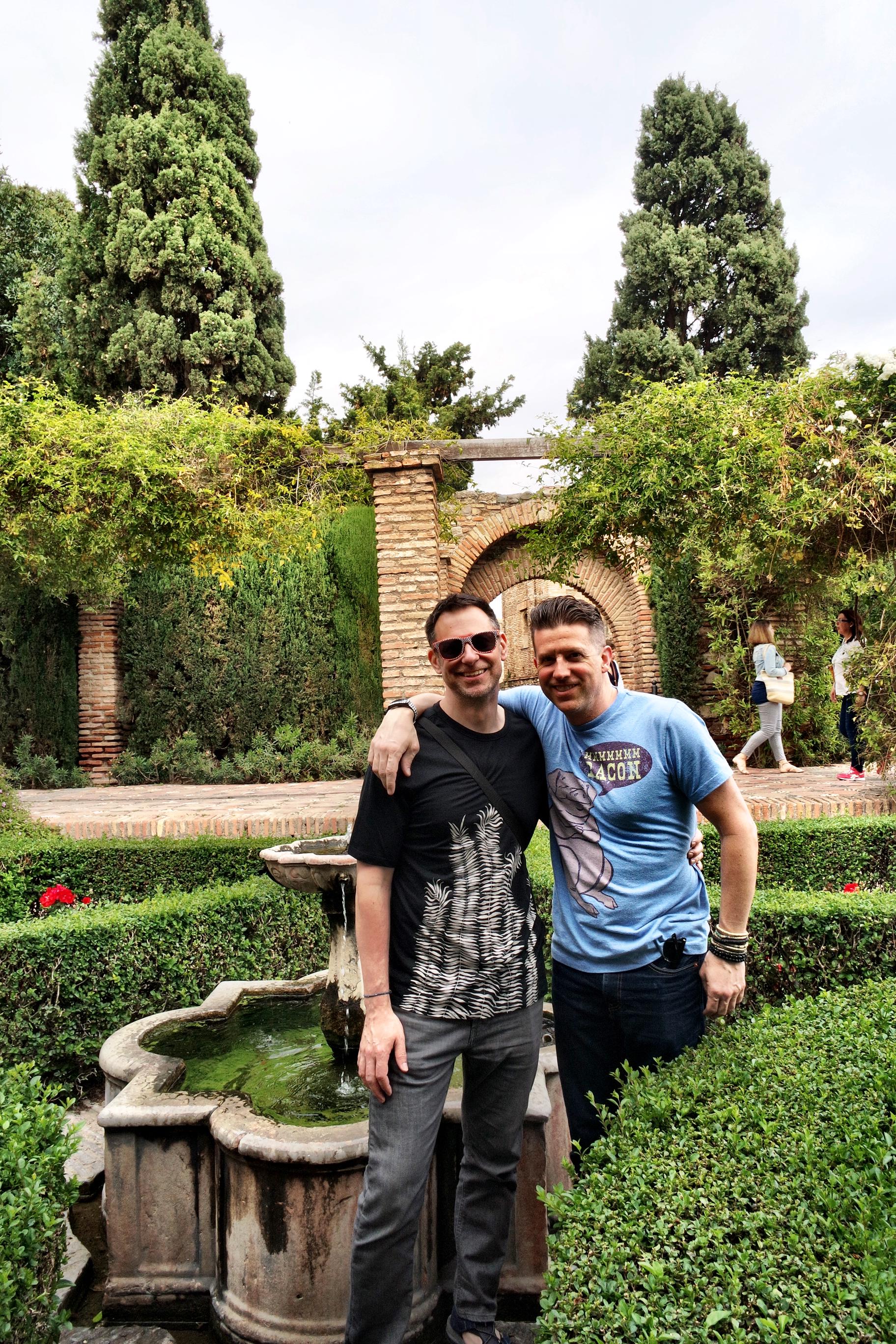Everything you need to know about the Camino de Santiago, from the difficult first day to the frustrating ending — with all the serenity in between.
The Camino Francés is the most popular of the pilgrimage routes that end up in Santiago de Compostela, where Saint James the Great’s body is said to be buried
Walking for 35 days. A 500-mile trek through northern Spain. It’s not everyone’s idea of a vacation. So what got our friend Susan to decide to take on the Camino de Santiago?
Susan decided to hike the Camino de Santiago by herself
Blame Oprah. At least in part. You see, Susan saw Winfrey’s special about spiritual belief, and was intrigued by the camino. She was going through a transition in her life and wanted to do something epic.
There are at least eight different routes to choose from, and Susan decided upon the Camino Francés, the most popular option.
Here’s what this intense pilgrimage entails.
Why did you decide to do the Camino de Santiago?
I had heard about the Camino de Santiago back in 2011 when I was living abroad in Ireland. I always had it in the back of my head that it sounded really cool. I was burnt out as a lawyer and wanted to do something that was completely out of my element. I decided to quit my job and go back to school. I had about five weeks from my last day of work before my master’s program started, and the camino seemed perfect because you can do it by yourself and it’s safe. You can walk alone, but there are also lots of opportunities to meet other people from all over the world. When I told everyone I was going to go to Spain to walk 500 miles, they all said it sounded crazy — but also really cool.
“The first day was uphill through the Pyrénées. It was raining and muddy, and I was thinking to myself, “What have I gotten myself into?!”
I didn’t know if I was going to make it.”
In the spring, the camino is less crowded than in the summer
When did you go?
There’s a ton of people in June, July and August, but not in May, when I was there. There are stretches where you don’t see anyone.
How long was the hike?
About five weeks. It took me a few days to get to the starting point. I flew into Biarritz, France. The walk starts in a town called Saint-Jean-Pied-de-Port. The overall route took me 32 days to walk 560 miles.
Some days involve hiking uphill in the Pyrénées, though some people find it even more difficult going downhill
What’s it like when you start the Camino de Santiago?
Scary. I didn’t prepare much. When I met people along the way, they had done so much research. I ordered hiking shoes and a backpack, and booked my flight. I got into Saint-Jean-Pied-de-Port and I was terrified. I didn’t know what to expect. The first day I got there, it was pouring rain. I got up at 7 a.m., put my backpack on…and just started walking.
How was the French leg of the journey?
You only spend about a day and a half in France. Unlike in Spain, where everything’s well marked, there are no signs in France. Within the first 500 feet, I took a wrong turn, which I’m gonna blame on this girl from Hungary. I followed her, and after a while, we were like, this doesn’t look right. So we had taken an hour-long detour.
The second half of the day was uphill through the Pyrénées, so it was very difficult. It was raining and muddy, and I was thinking to myself, “What have I gotten myself into?!” I didn’t know if I was going to be able to make it through the whole thing. And apparently, this was the easy route! We had heard horror stories from people who had done the harder route.
Things got so much easier after that. I’m kind of glad I didn’t know about the huge incline ’cause I would have been really anxious about it.
Look for this icon to keep on the camino
Was it easy to get lost on the camino?
There’s an app for the Camino de Santiago — which I didn’t realize until the third day. The app tells you all the different places you can stay, if it’s flat, if you have inclines or declines.
It’s called Buen Camino, which is what everyone says to you when you pass them. It means “good way.” You see yourself as a little yellow dot, so you can see if you’re straying off the path.
And once you get to Spain, it’s fabulous. The paths are marked with the shell that’s the symbol of the Camino de Santiago. Every so often you’ll see a cement pillar with a shell on it. And when you’re in towns, there are yellow arrows.
What’s the terrain like?
At first it was a path through the mountains, but most of the camino is gravel. There are other days when you’re in the forest or have to walk on the street. It’s beautiful. At some points, you’re walking through vineyards. I liked the smaller towns more than the cities. It was so peaceful and nice. I tried to bond with nature and take in my surroundings.
The first thing you see in every village is the church tower
Who else was on the camino?
I didn’t meet a lot of Americans — mostly Europeans, Australians and Koreans. You have all ages, women, men. Most people were by themselves, though you did have some couples. Some people did it for religious reasons, but most were doing it as a spiritual experience, trying to take a break from their lives. Some people were really fit; some people didn’t last the whole time.
People formed little groups. Most of them stayed in the albergues, the hostels.
How difficult was the hike?
About seven days in is a town called Logroño, and there’s a big hospital there. And that’s where they say a lot of people’s bodies break down. They have shin splints, plantar fasciitis, knee injuries.
The declines are actually the worst. You’ve got a heavy backpack on, it’s gravel, and you have to support yourself and not fall forward.
Some people ended up taking shortcuts because they physically weren’t up for it. I didn’t take any shortcuts!
I was surprised I held up as well as I did. But I live in Chicago and don’t have a car. I walk a lot. I had some blisters, but that was doable — I just put some band-aids on those.
The training plans are pretty intense. They say you should walk an hour a day and then six hours a day on the weekend with your backpack. I didn’t do that.
I’m not a hiker, but I would say it’s a moderate trek. I’d say a third of it is more difficult: up or down, rocky terrain.
What kind of shoes did you get?
I didn’t have any light hiking shoes, so I ordered some cute pink ones. I did a lot of reading on discussion boards, and I knew I didn’t want anything too heavy. People thought they looked like running sneakers. I ordered them a month before, and wore them every time I’d go out to walk the dog to break them in.
What’s Susan got in her bag? A couple extra outfits, toiletries, a hat, a portable charger, an extra pair of shoes, PJs, a rain jacket and a fleece
What was in your backpack?
They say to bring only two outfits — I brought three.
That would be the hardest part for us. We would’ve brought like 10 outfits.
There are services where you could have your backpack transported. I didn’t have a hiking backpack, so I bought one that was 34 liters. I brought tank tops, three pairs of stretchy yoga pants, small toiletries, a small sleeping bag — which I ended up ditching. You only need it if you’re staying at hostels. The second day I ditched a lot of stuff in my pack ’cause you just want to get it as light as possible. Bring a portable charger, just in case you’re in the middle of nowhere and your cell phone dies. I had a hat and an extra pair of shoes, one pair of pajamas, a rain jacket and a fleece, which I wore to bed a lot since I got cold. I had some pairs of thin hiking socks but ended up buying thicker ones when I got there that gave more support.
I ended up cutting two pairs of my pants and made shorts, ha ha. No shame! It’s one of those things you’d normally never do.
A lot of people that go in the summer get up early to hike before sunrise to avoid the heat. They bring headlamps to see in the dark, but I couldn’t imagine doing that on some of the terrain.
Gravel paths, paved roads, stony mountain passes and dirt trails through the woods — every day on the camino offers something different
Take us through a typical day on the camino.
I’d wake up — I’d have all my stuff laid out and I’d take a shower the night before. So I’d grab my backpack and go, around 7 or 8 a.m. The night before, I’d look at the app and all the towns and figure out how far I was gonna walk. I’d always book beforehand online. A lot of people just walked until they got tired and would find a place. I liked to have the security of knowing I had a room — a lot of these places were in the middle of nowhere.
I never ate breakfast, so I’d head out. Around 10 a.m., I’d find a place to stop and get a café con leche and a croissant. There wasn’t a lot of great food — these are tiny towns that cater to the pilgrims, as they call us. And none of the pilgrims are looking for good food; they’re looking for cheap stuff. The menu was the same at every place.
“I’d eat around 8 p.m. and go right to bed. And then do the same thing the next morning.
It was kind of like “Groundhog Day” — but I loved every minute of it.”
Every time you come up to someone — I’m a fast walker and would pass everybody — you would say hello, “buen camino.” If they seem like they wanted to chat, I’d walk with them for a bit. You’d see people you’d seen before, so it was very social. But I did spend a lot of the time by myself.
I would usually get to where I was going between 1 to 3 p.m. So I didn’t eat until I got there. A lot of people who stopped to eat breakfast and lunch got there much later. I liked to get there and relax — not that there was a lot to do there most of the time. But I’d walk around, and if I saw people I knew, I’d hang out with them.
I’d eat around 8 p.m. or so, and go right to bed because I was exhausted. And then do the same thing the next morning. It was kind of like Groundhog Day — but I loved every minute of it.
Where’d you stay?
You can pay 8 euros for a bed at a hostel, and dinner was €10. You can do this super cheap — for about €30 a day. For me, getting a private room, I’d pay about €20. In a bigger city, like Pamplona, Burgos, Léon and Santiago, I’d stay at a hotel and pay up to €75 euros.
The smaller villages were very downtrodden and economically depressed. I wanted to tell these people, “You should raise your prices!”
How about pee breaks?
I didn’t take a lot. There’s not a lot of places to go to the bathroom. Maybe every 15 kilometers, there’ll be a small coffeeshop you could go in. I’m not a person who can pee outside. So this is going to sound weird, but I didn’t drink a lot of water during the day. I’m sure a lot of people would say that’s really bad. When I got to where I was going, I’d drink a ton of water.
Most people do pee outside, though?
Yes! I saw a lot of people peeing outside. It’s acceptable to do so. I saw people’s asses. I felt like people should have had a little more discretion.
Were there differences between the French and the Spanish?
I don’t want to offend anybody. The French just weren’t as welcoming, though I was only in France for a day and a half. They don’t want to speak English to you. I don’t want to be an ignorant American saying they should speak English, ’cause I don’t think that. I felt like they were, why are you in my country? But maybe that’s not representative of everyone one else’s experience.
In Spain, everyone tried to speak English. They know what you want: You get your passport in Saint-Jean-Pied-de-Port and you have to get it stamped at the hostels and cafés. And that’s what they inspect when you get to Santiago de Compostela to prove you did the whole thing, and then they give you a certificate called the compostela. I waited in line for two hours to get this. You have to walk at least 100 kilometers to get one — and what annoyed me is that it’s the same certificate, whether you’ve walked 100 kilometers or the entire 800 like I did.
For many, the Camino de Santiago is a spiritual journey — just don’t get bummed if you don’t “find yourself”
Was it a spiritual journey?
It’s funny — you’re walking 15 to 20 miles a day and are in your own head. But it’s not like I had all these deep thoughts and came to these epiphanies, which I thought I might! I was hoping to find myself, ha ha. A lot of your mind is taken up with thinking about the next town you’re getting to, following the trail, talking to people. I thought I’d have a lot of time to figure things out, but I didn’t contemplate life as much as I should have, maybe. You think you’re going to work out all the things in your life and come back perfect.
What’s it like when you finally get to Santiago?
It’s anticlimactic. You walk into Santiago and you think there’s going to be trumpets or a parade — you just walked 500 miles! It’s so crowded; it’s so commercialized. It’s very stressful. It wasn’t a good experience. Everyone ends up going to the Pilgrims’ Mass at the cathedral, where they say your name. But I didn’t end up going because I was in line to get my certificate.
The camino is technically a pilgrimage, so locals try to get you go into the village church
What then?
I didn’t think I was going to go anywhere else after Santiago. But I ended up doing it in less time than I had planned. You can keep going another 60 miles to the coast, an extra three days. And it was absolutely beautiful, a place called Finisterre. It’s right on the ocean and they call it the End of the World. That’s where the 0 Kilometer pillar is, so that’s cool. There wasn’t a lot of people there, and there’s a lighthouse and a guy playing bagpipes. There’s a beach with seashells. It’s very peaceful. It’s a great place to reflect and feel rewarded, rather than Santiago, which was so dispiriting. I got a room at a hotel that had a beautiful view of the ocean that wasn’t that expensive. It was such a fabulous way to end the trip.
Keep walking! Susan recommends going beyond Santiago to Finisterre, a lovely, more calm way to end the epic journey
A lot of people, if they’re not going to walk, they’ll take a bus. I took the bus back to Santiago since I was flying out of there. I ran into the Hungarian girl I met on the first day and other people, so I went out with them.
What surprised you about the Camino de Santiago the most?
I’m not a huge athlete or anything, so I was surprised by how effortlessly I was able to do it — apart from that first day.
I had always heard about the culture of Spain, but I was surprised by how poor a lot of the towns were. They’re all centered around the pilgrims. The places I stayed were acceptable, but I heard a lot of stories about people staying in albergues that weren’t. But when you’re paying €8 a night…
There was a lot of dirt and stray animals — it was a lot less glamorous than I expected. I didn’t realize how economically downtrodden this part of Spain was. But at the same time, the people were very generous and welcoming.
You can hike the Camino de Santiago very affordably — as low as 30 euros a day!
Siestas were crazy, too. Everything in town closes from 2 to 5 p.m. Hotels and restaurants tended to be open, but no grocery or clothing stores. I’d go to the store when it opened and get snacks for the next day.
Sometimes restaurants would be open, but the kitchen would be closed from 6 to 9 p.m. You could get drinks, but there wasn’t any food.
Religion was everywhere. Whenever you’d come into a town, the biggest building there would be the church — the first thing you’d see is that cross. So church bells were ever-present during my trek, which I really enjoyed. People would be there, trying to get you to go into the church.
Susan didn’t do a whole lot of planning for the trip — and it all worked out
What was the laundry situation?
I did a lot of sink-washing. But a lot of the places have washing machines, but not dryers. People would hang their stuff outside. But you’d have to get there first. Most of the time, I’d wash my stuff in the bathtub with shower gel.
It was simple. You don’t have creature comforts, but you have everything you need. Normally when I go on a trip, I bring big suitcases and all this shit. It was so nice to put everything into one backpack and that was it. I survived. Now I’m just gonna bring a backpack everywhere I go.
Really?
We’ll see.
Any final advice do you have for people who want to walk the Camino de Santiago?
Don’t plan too much. Take it as it comes — don’t overcomplicate things, because it’s all going to work out totally fine. –Wally
“It’s acceptable to pee outside. I saw people’s asses.
I felt like people should have had a little more discretion.”

